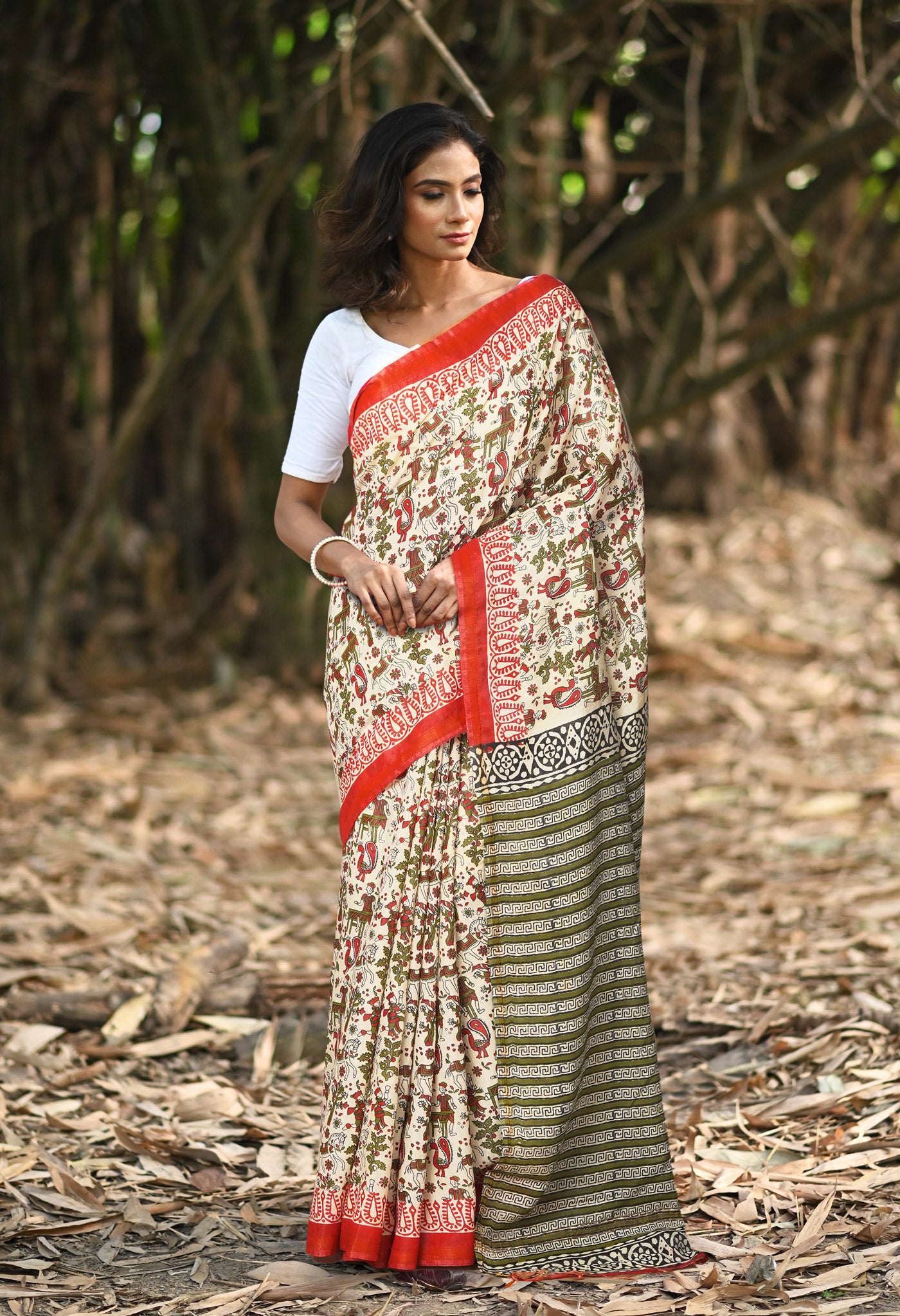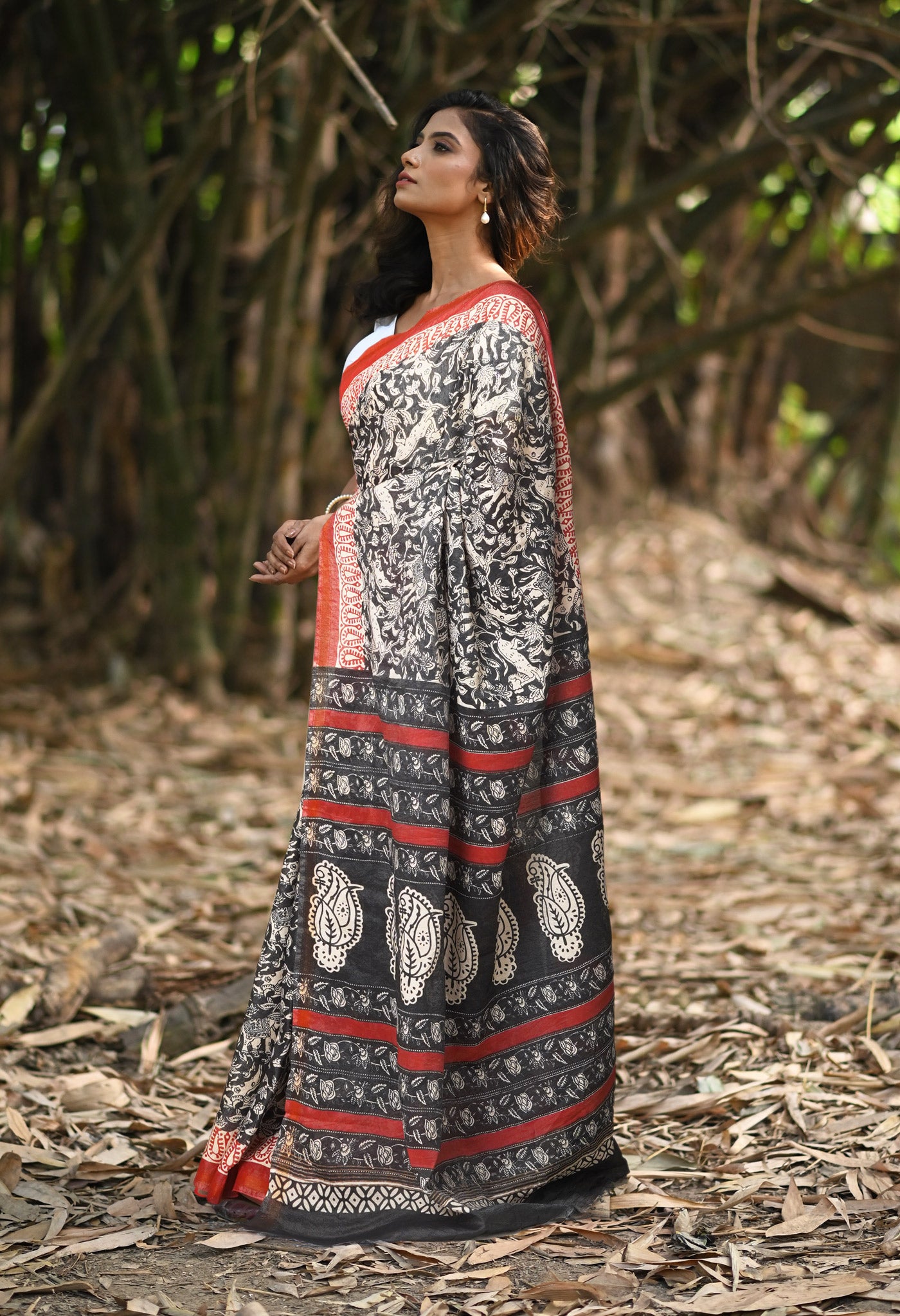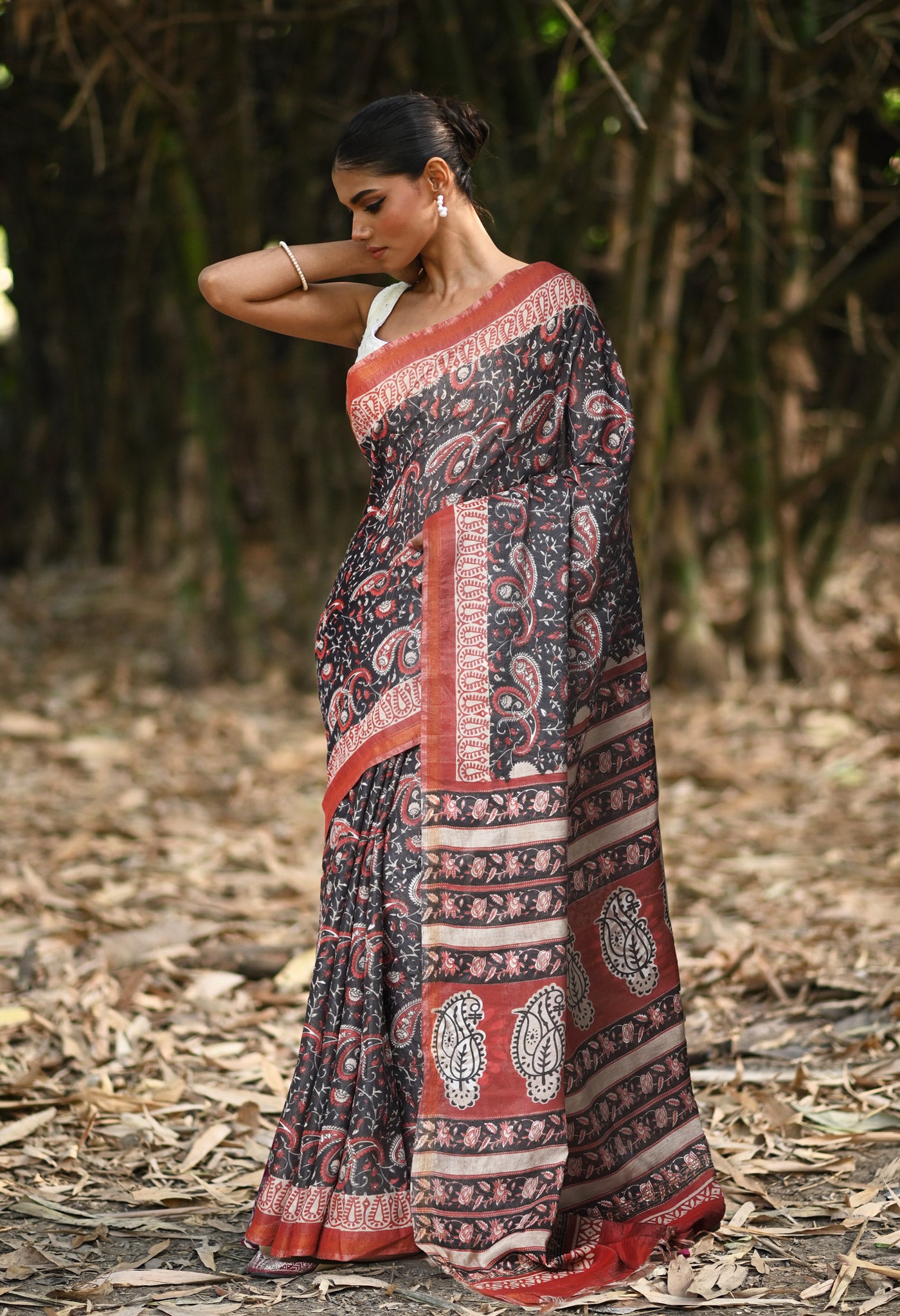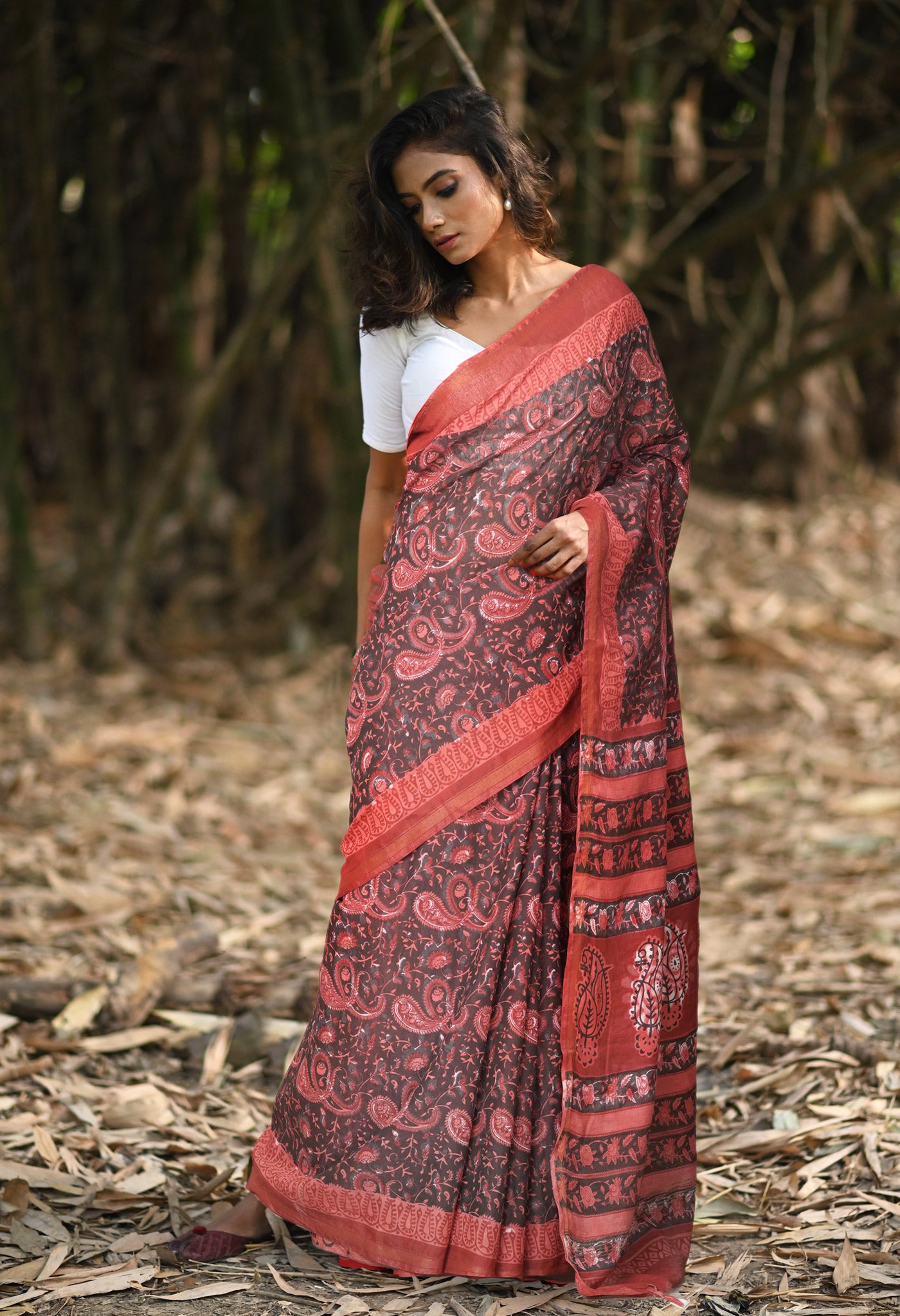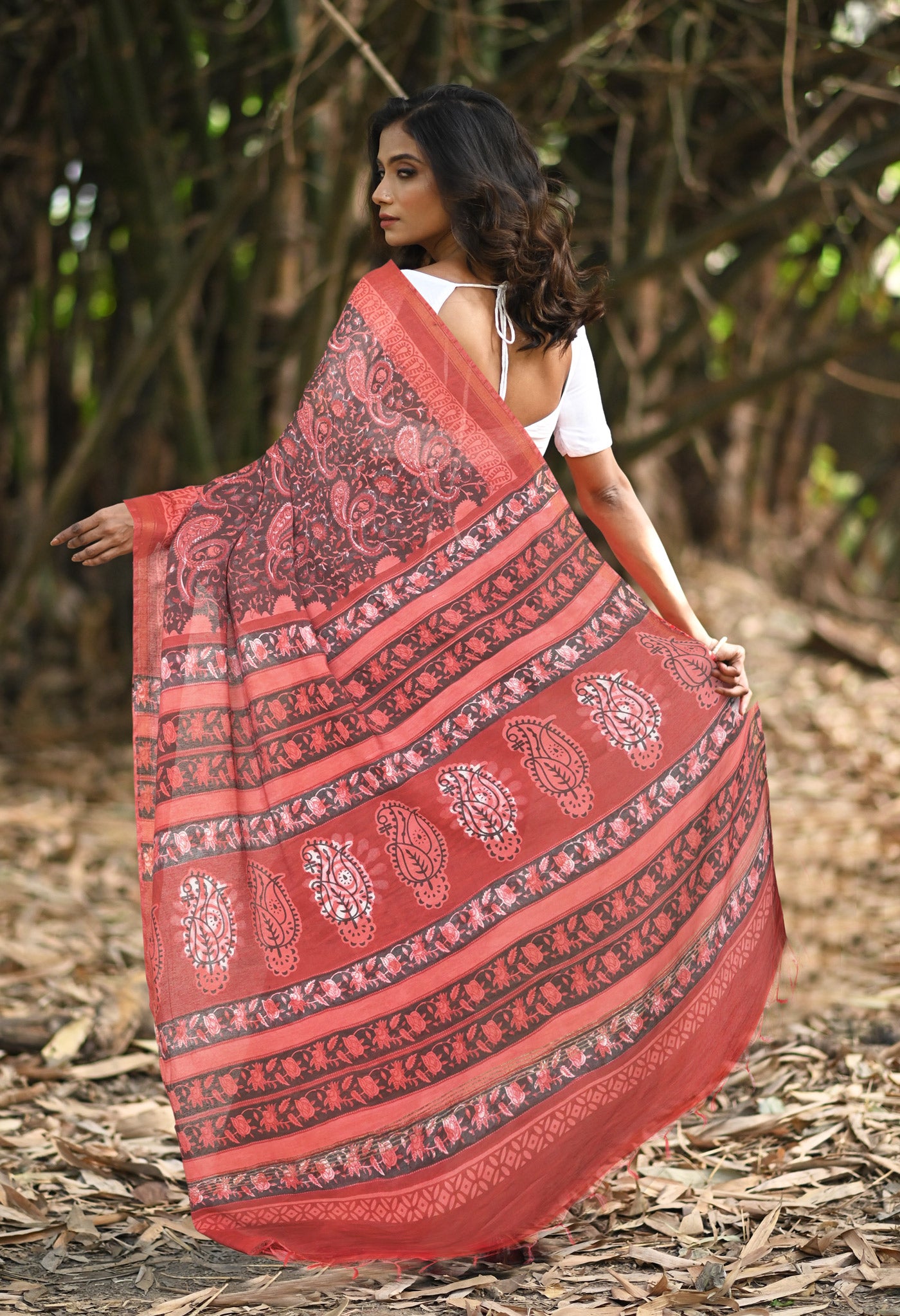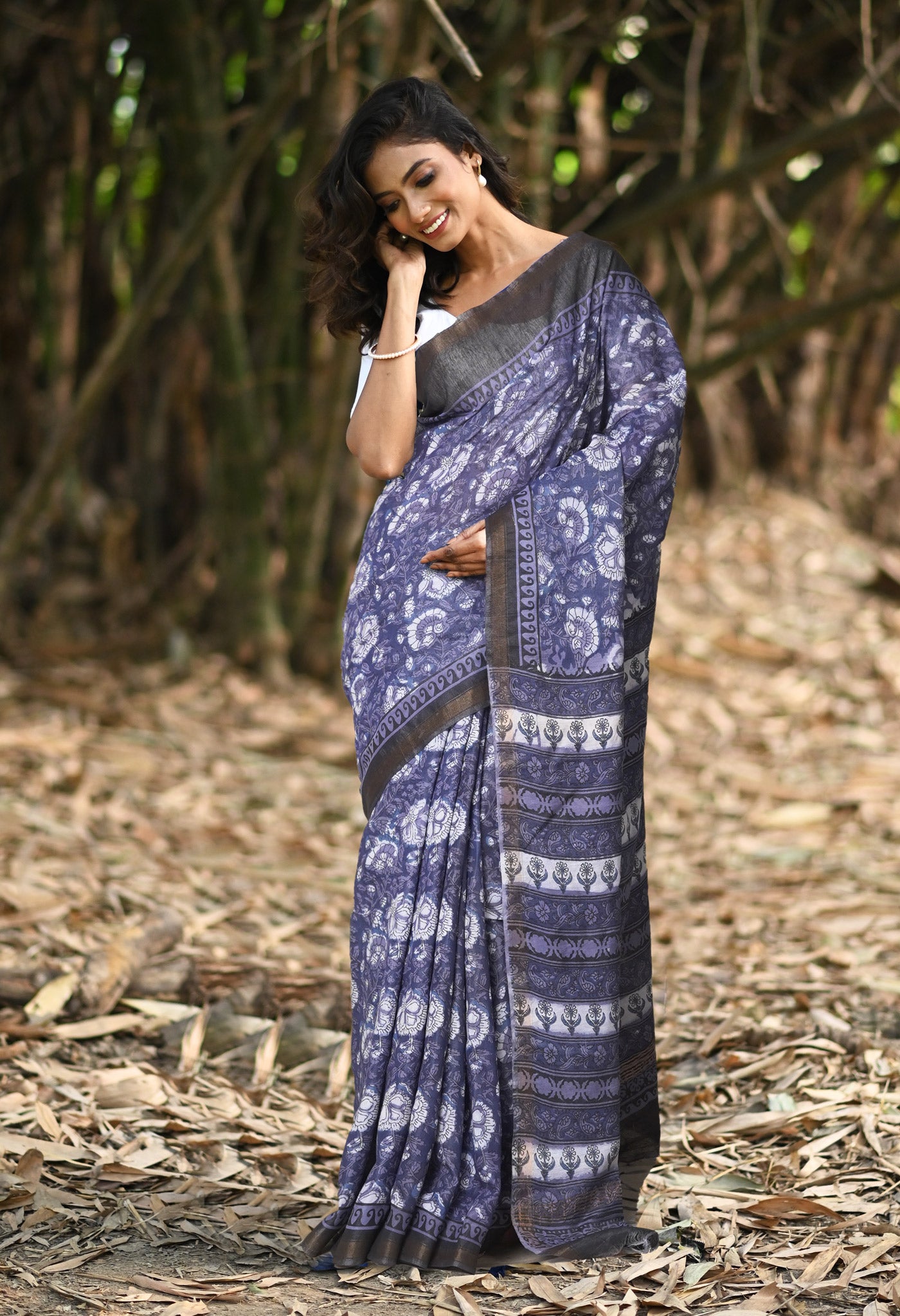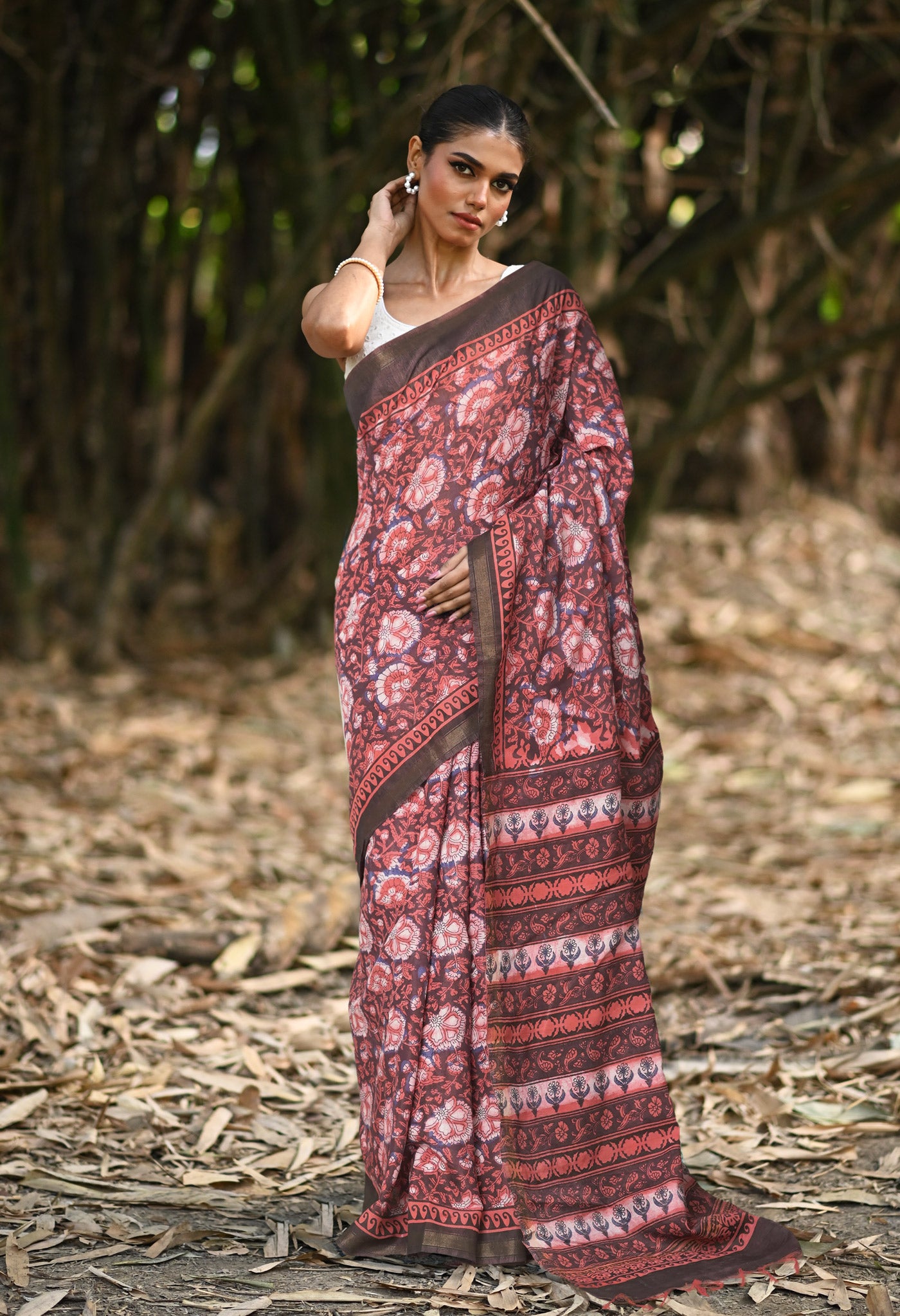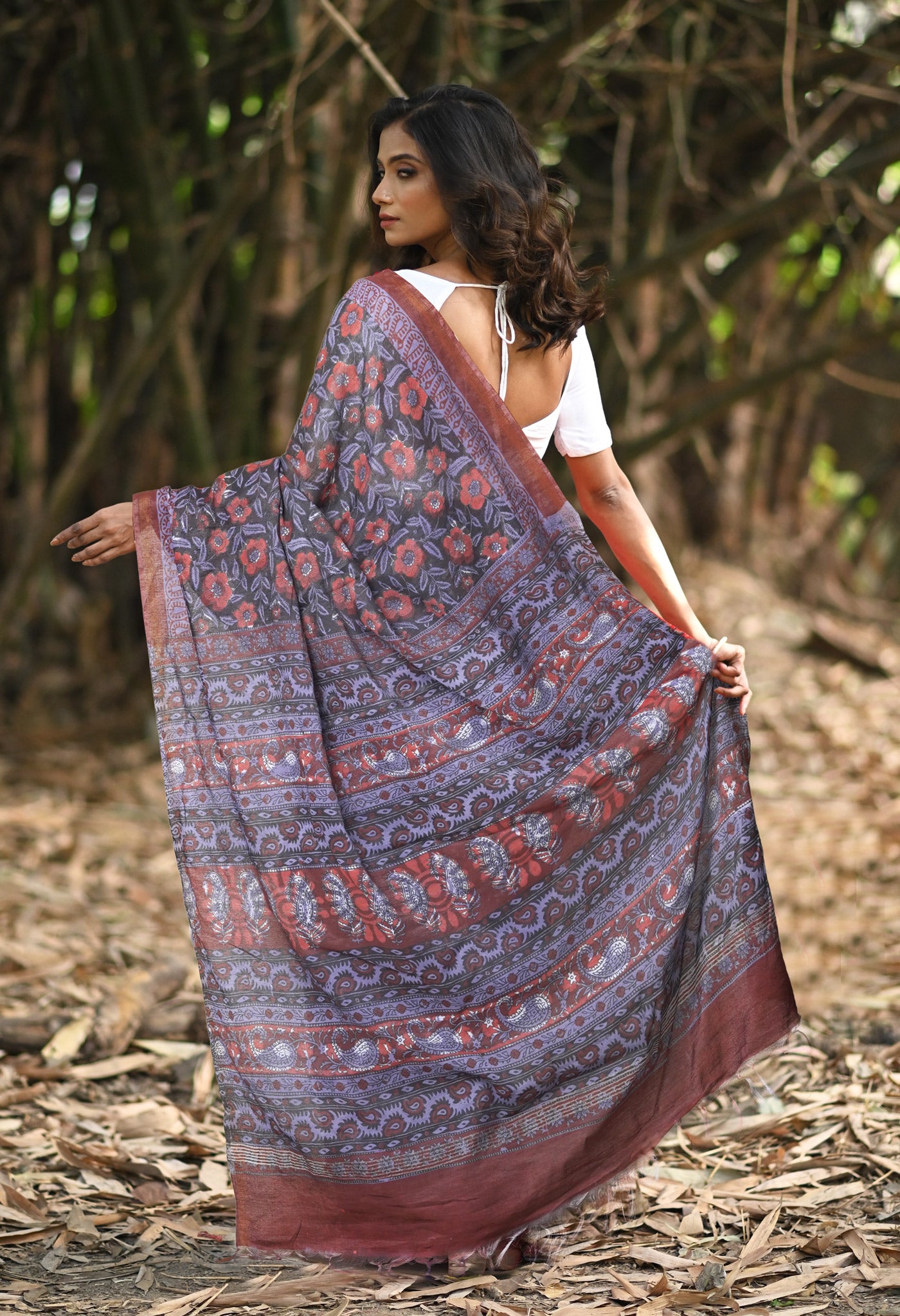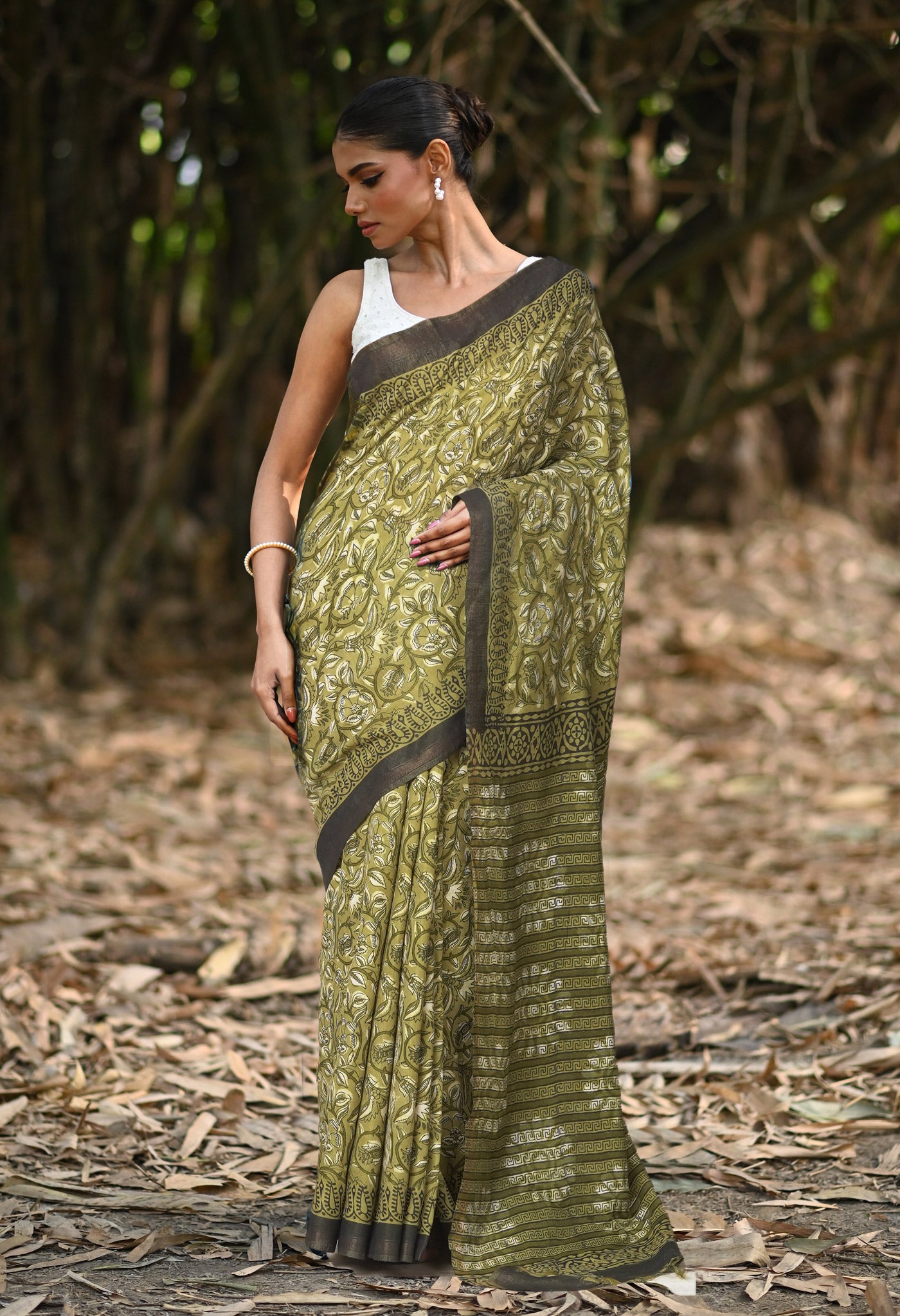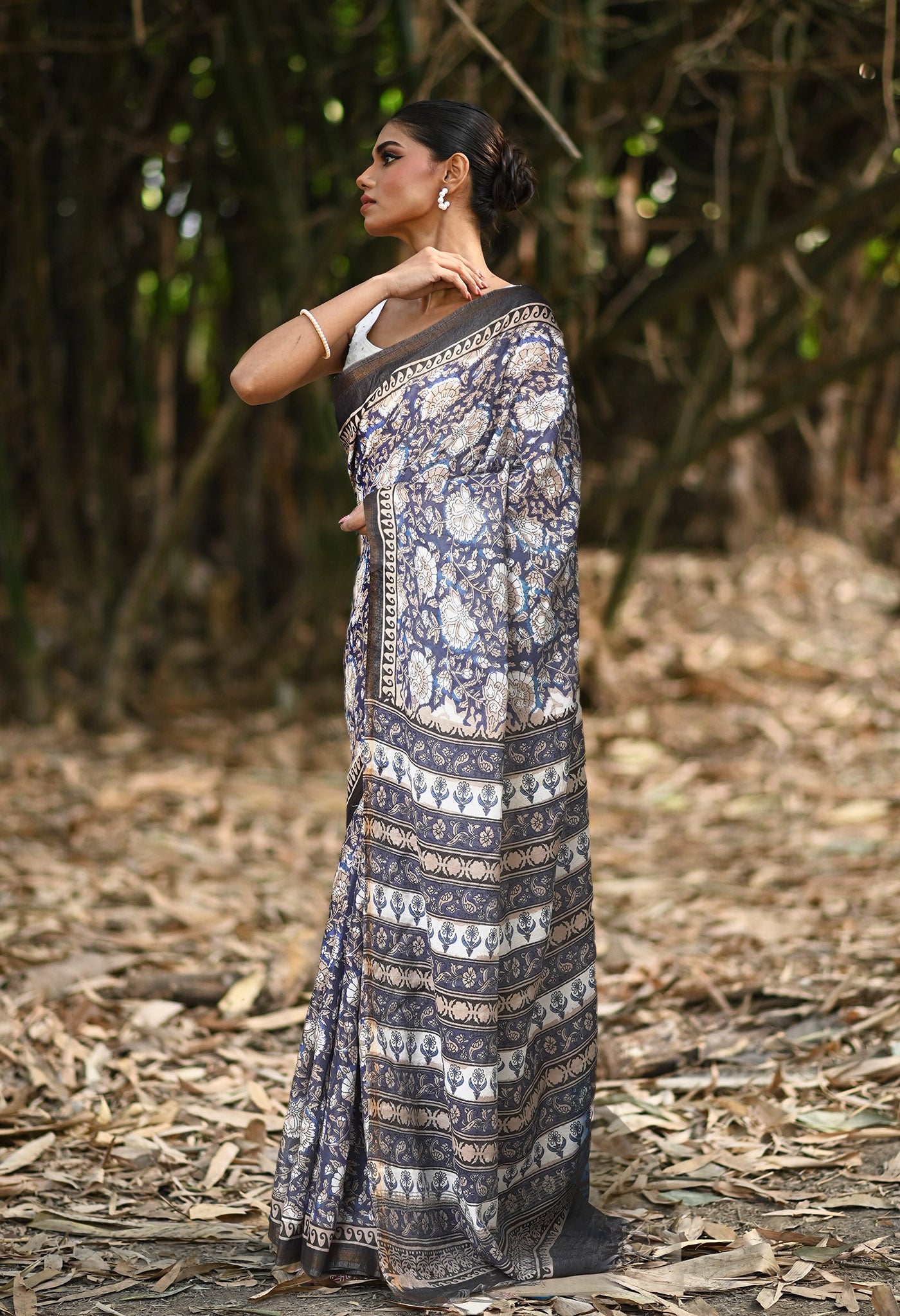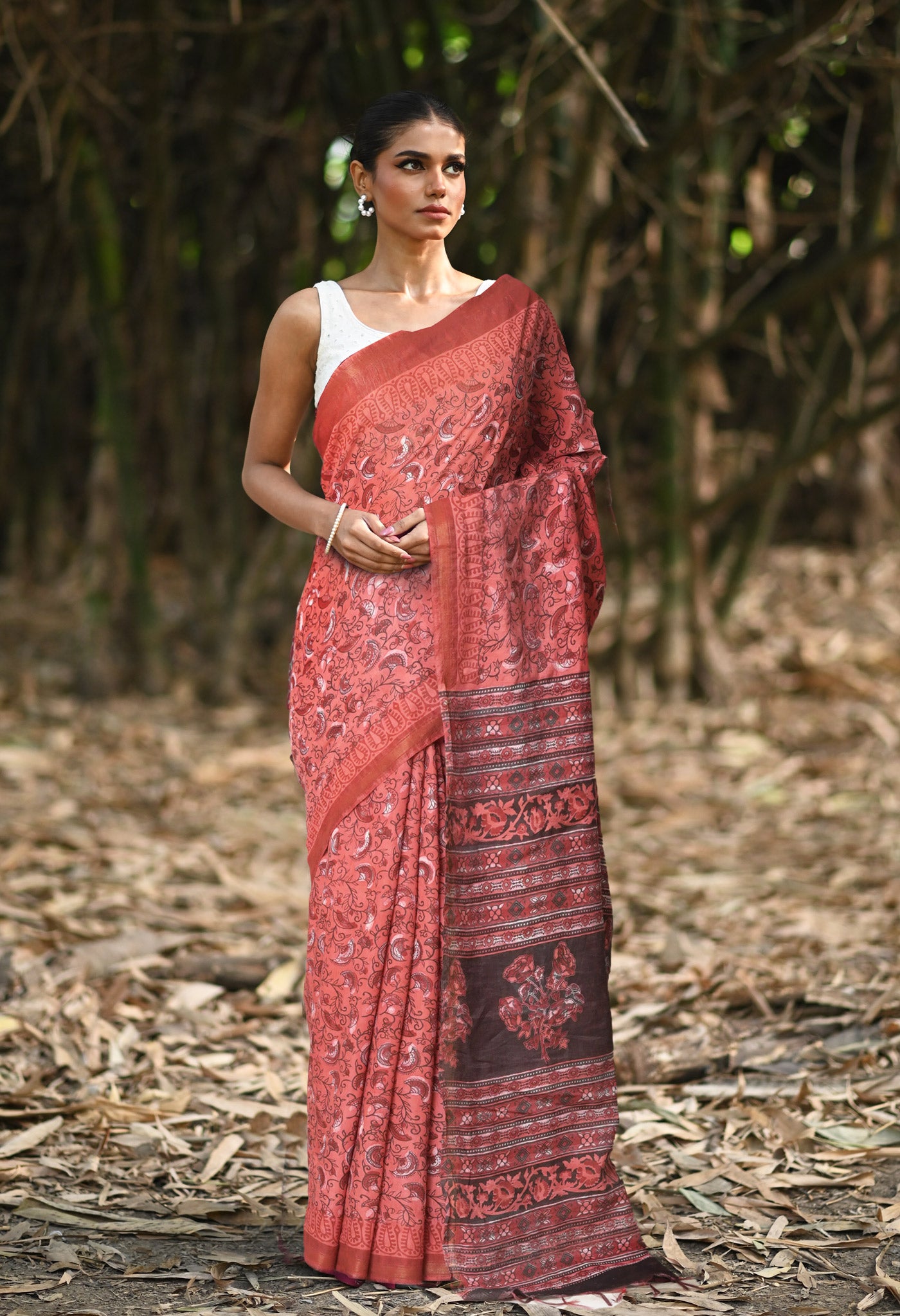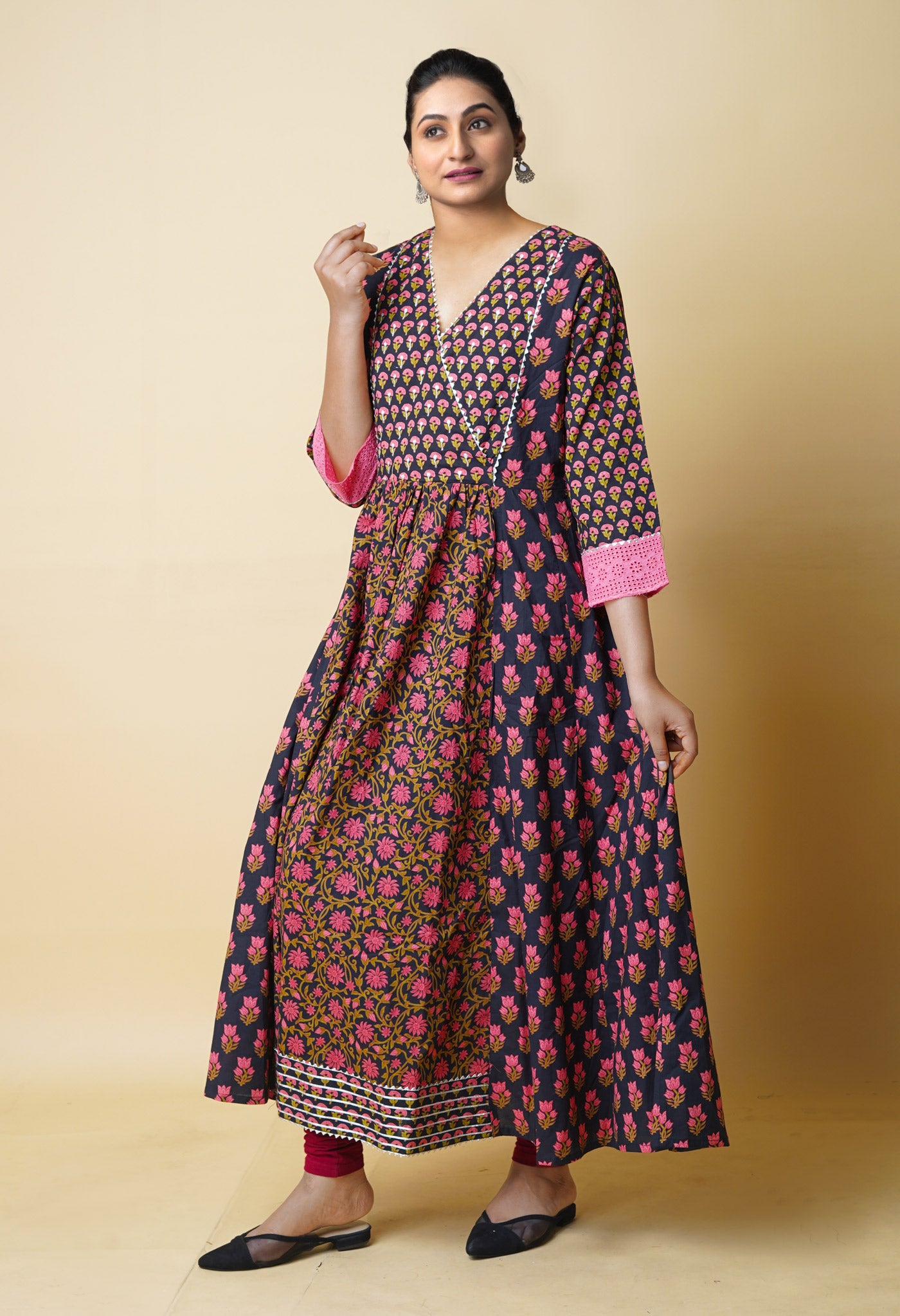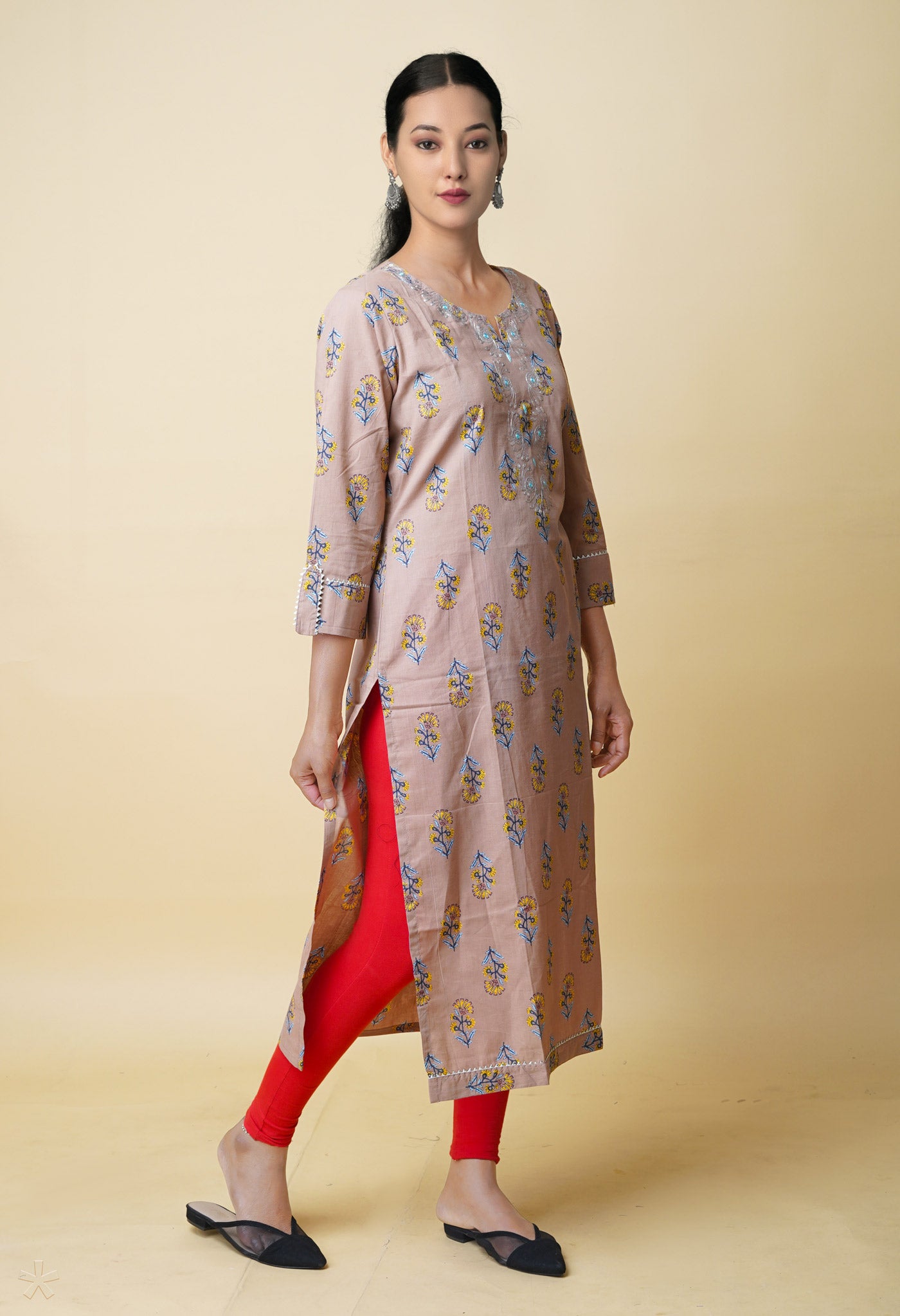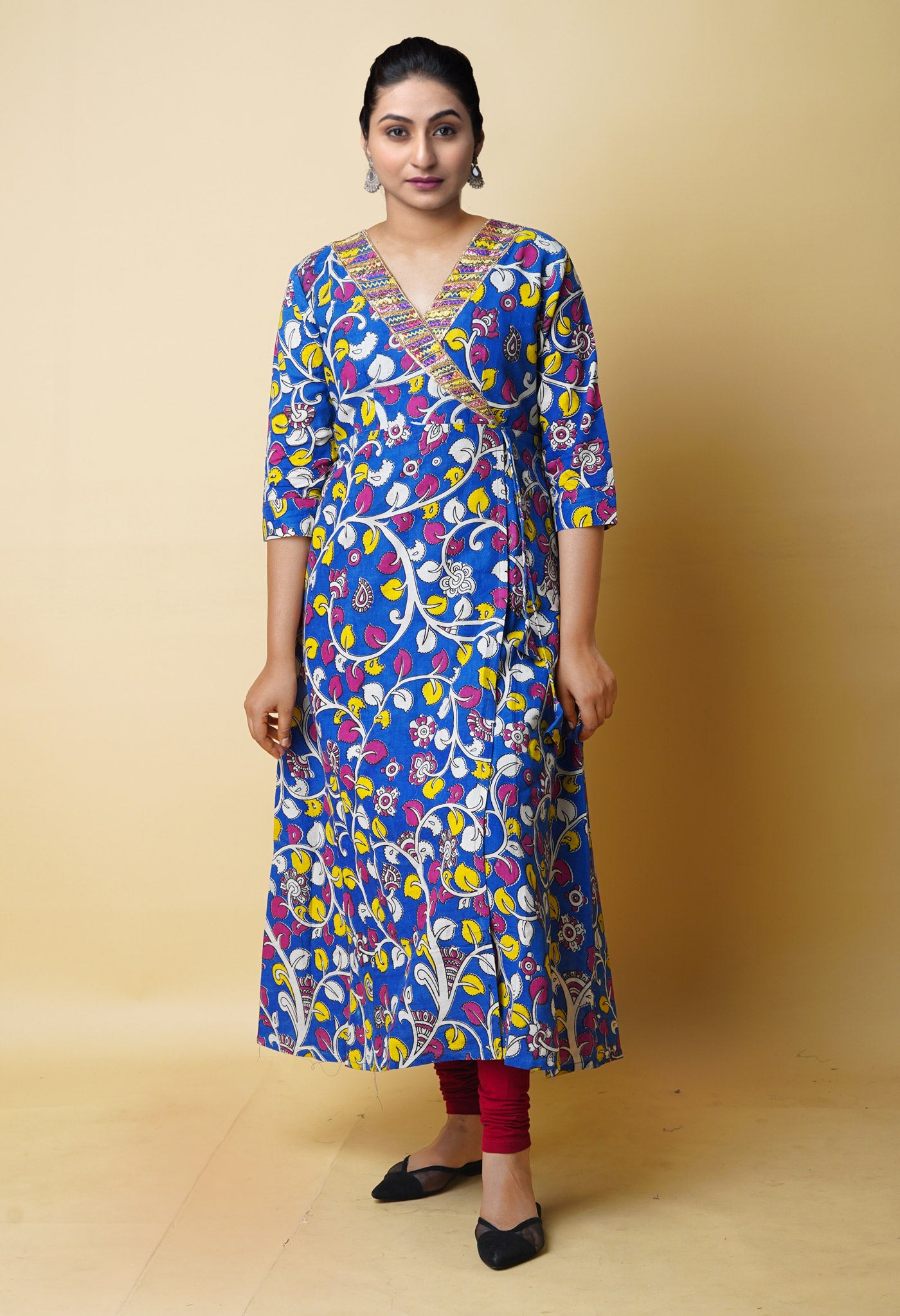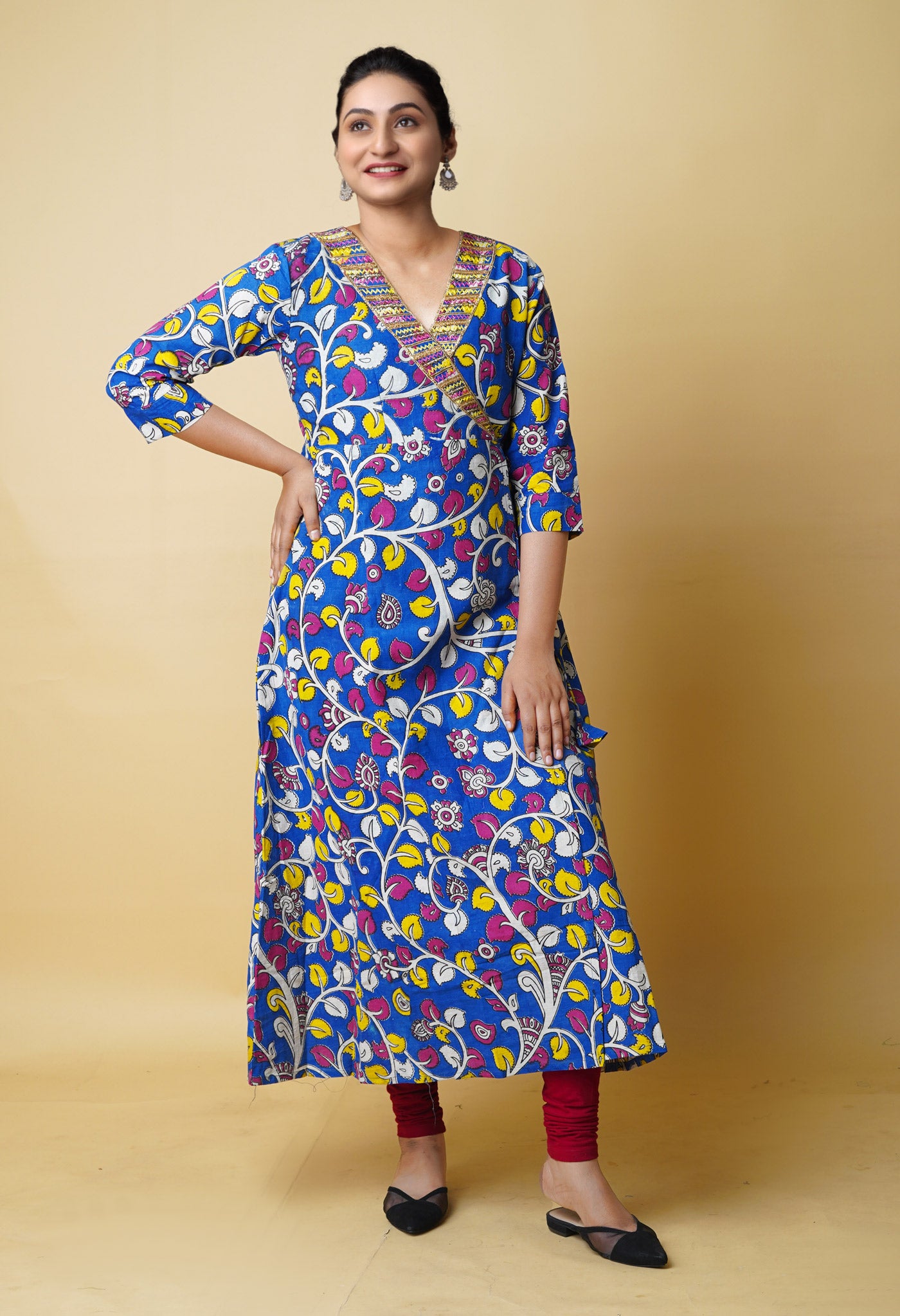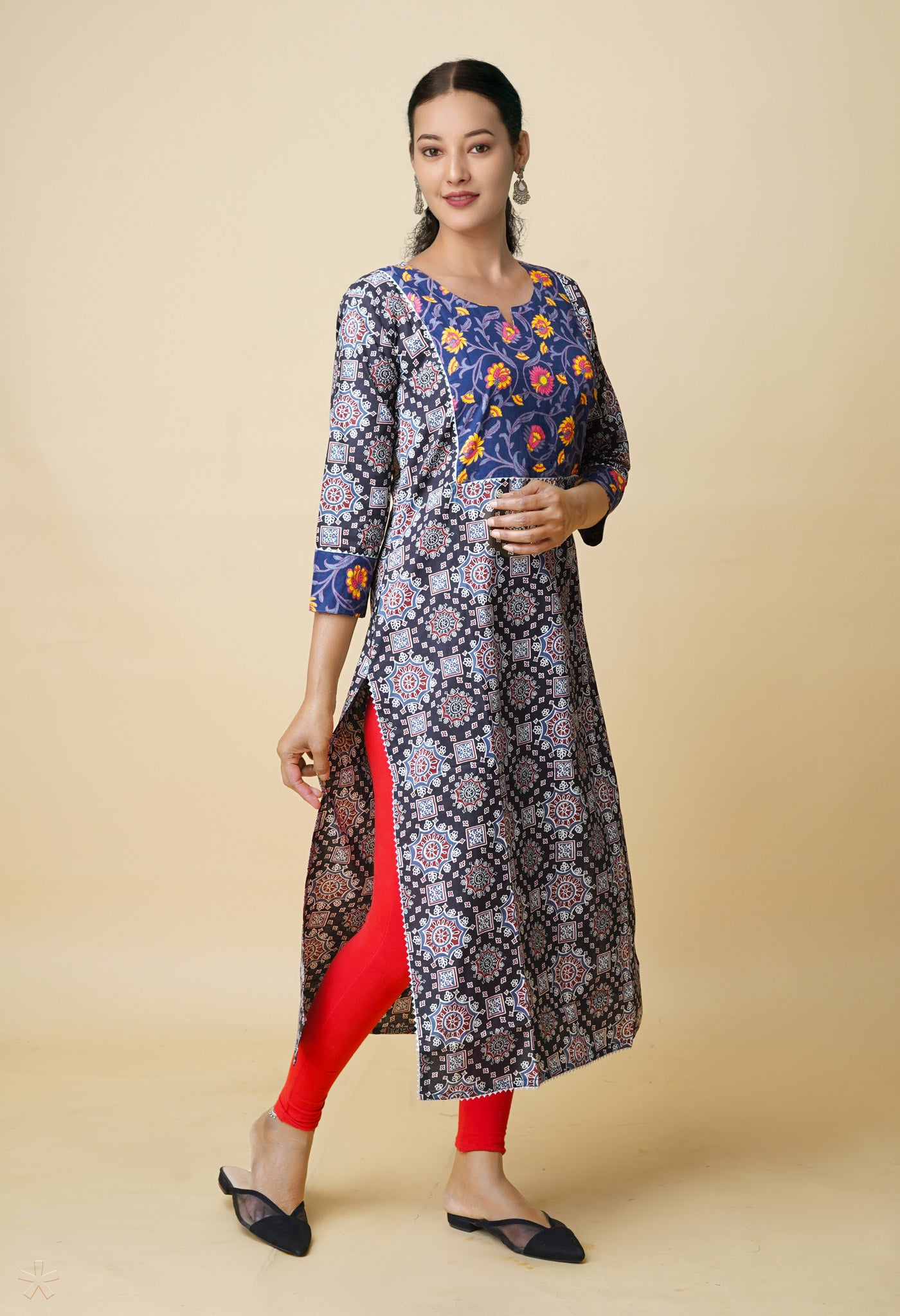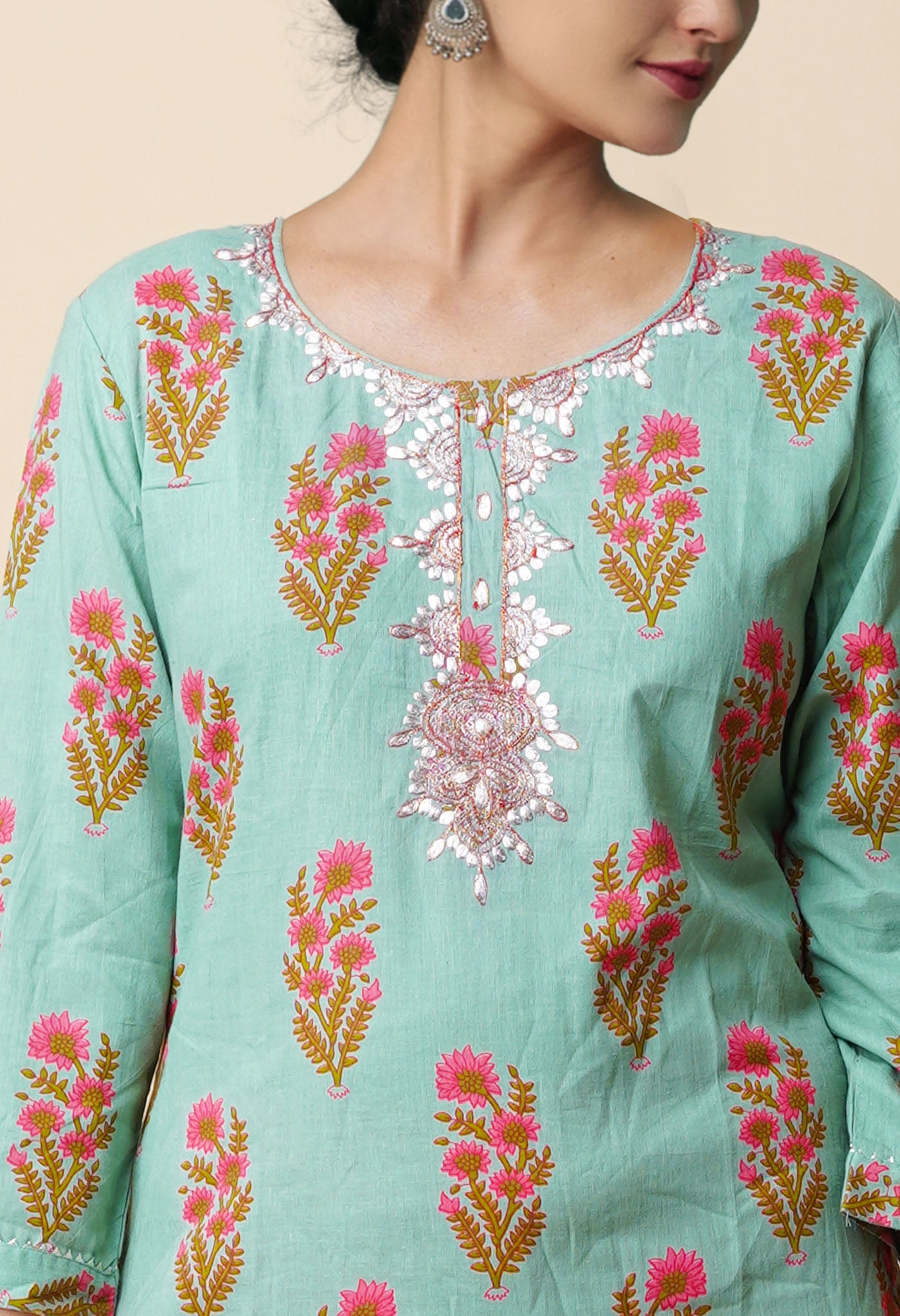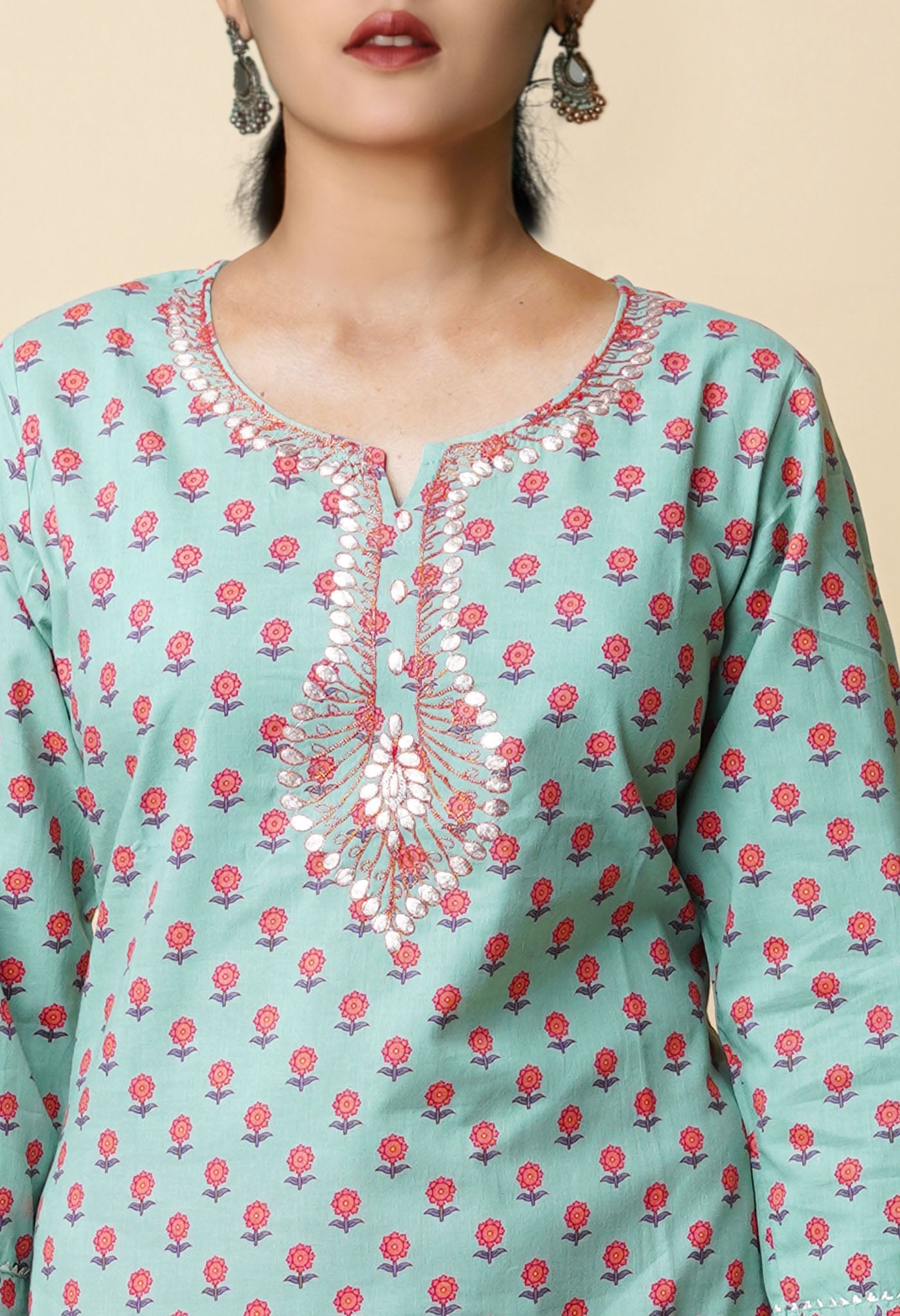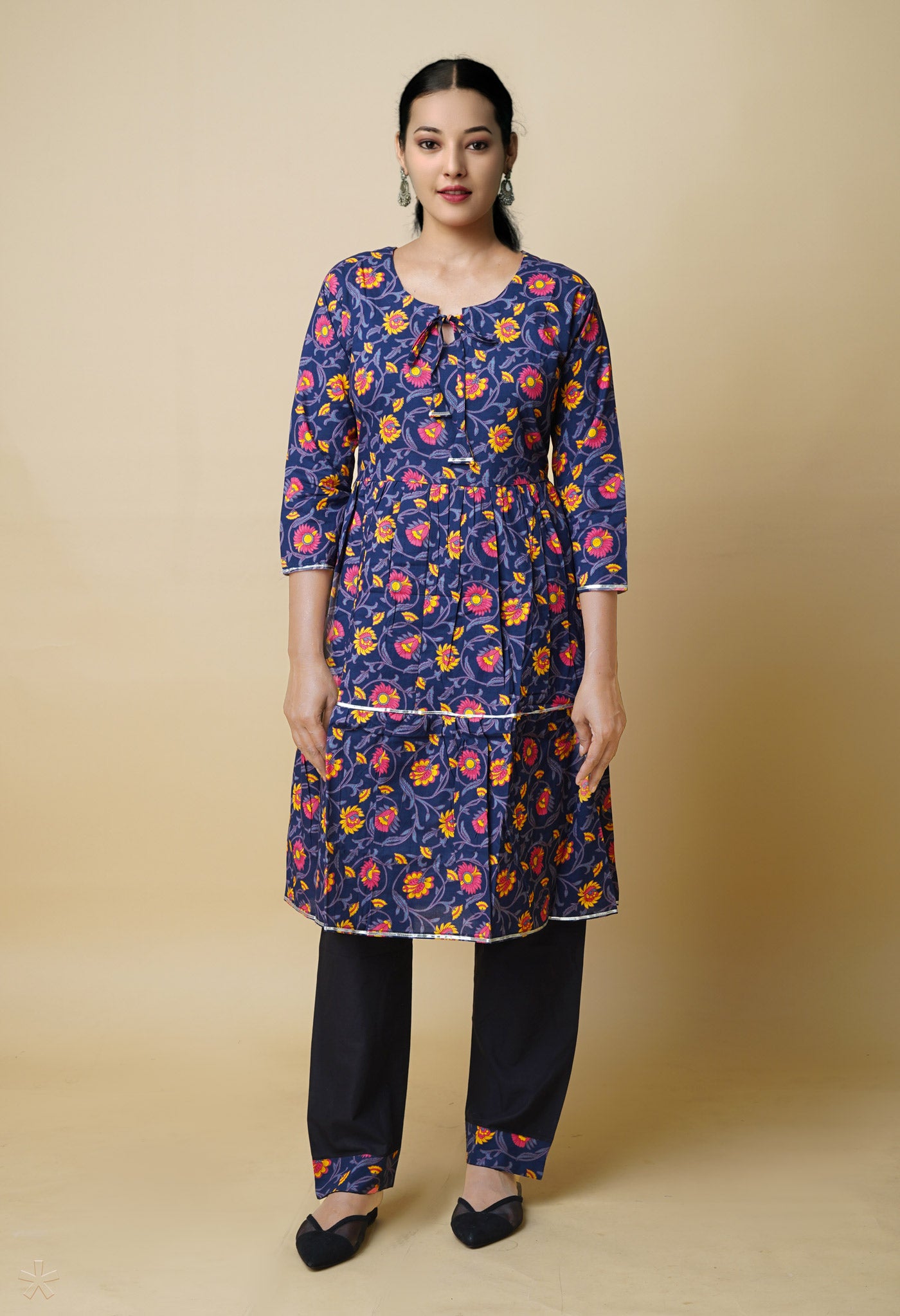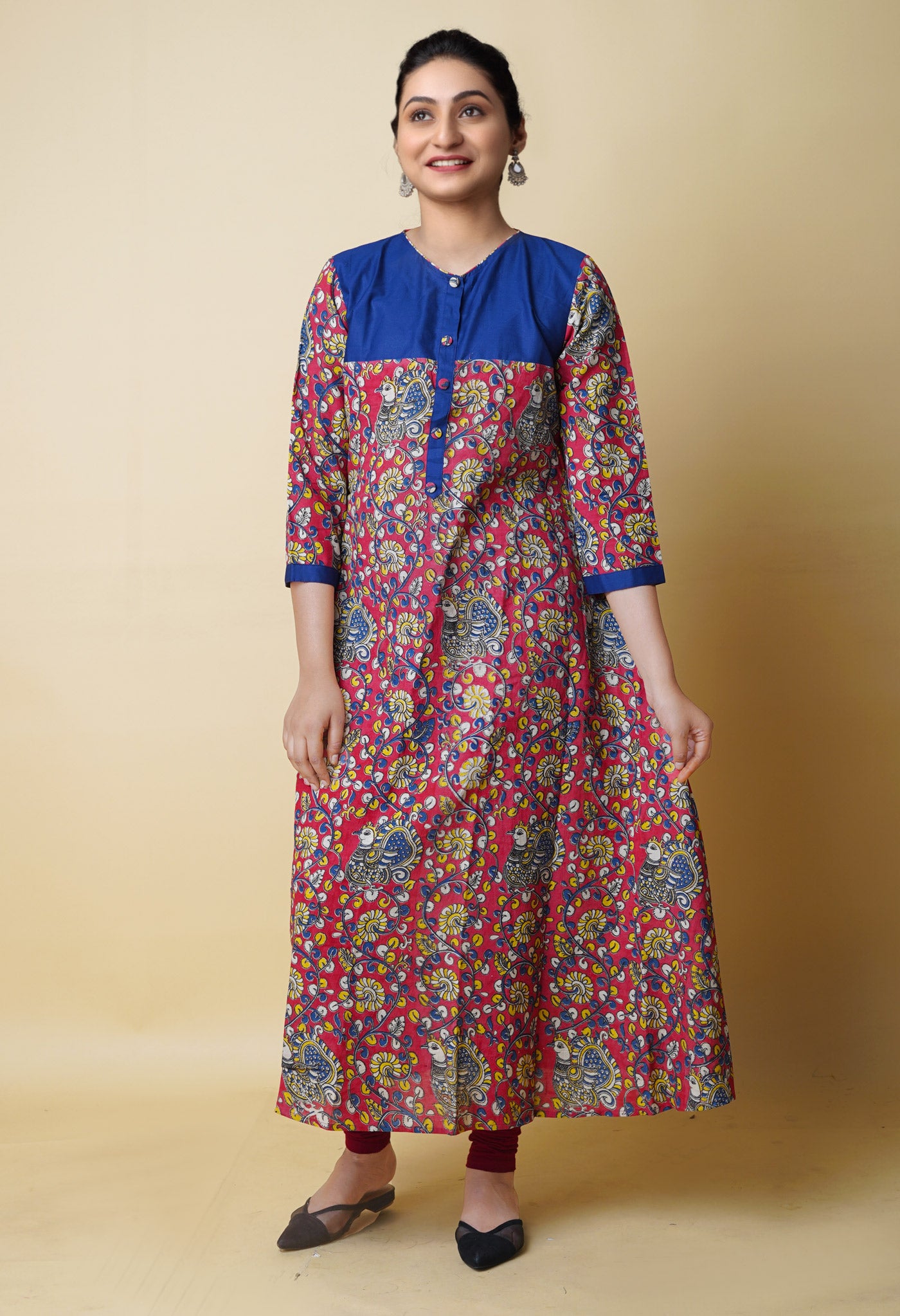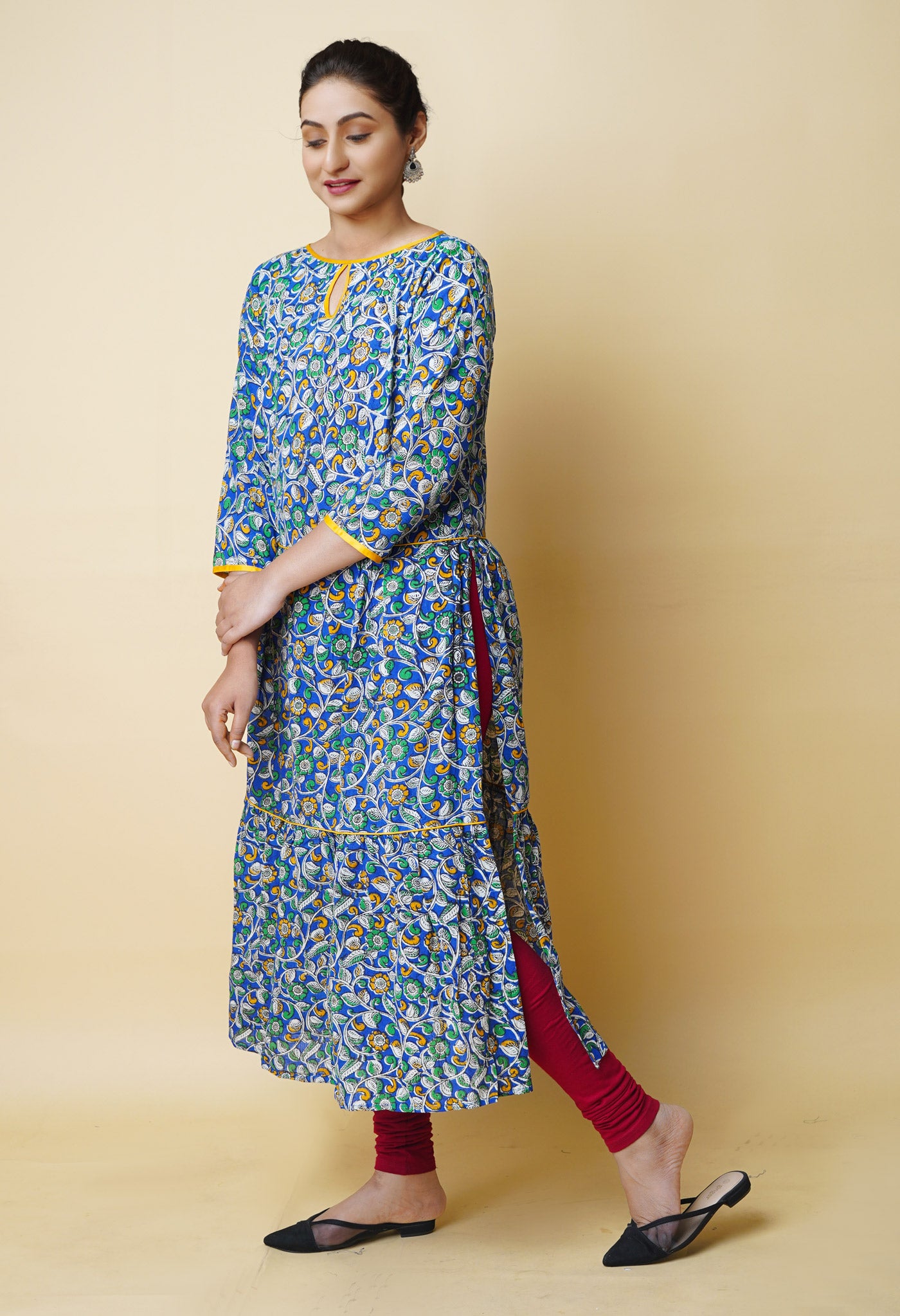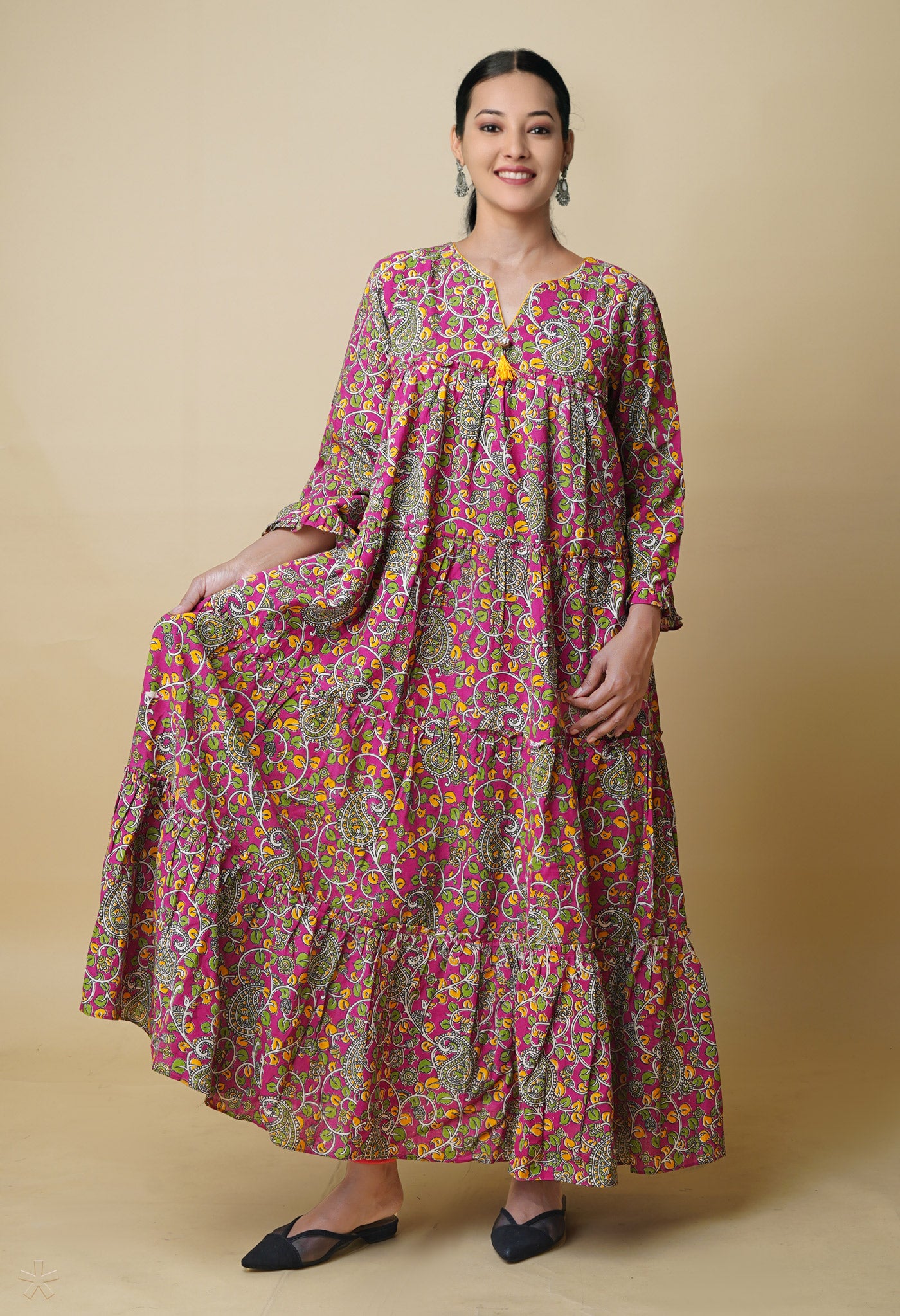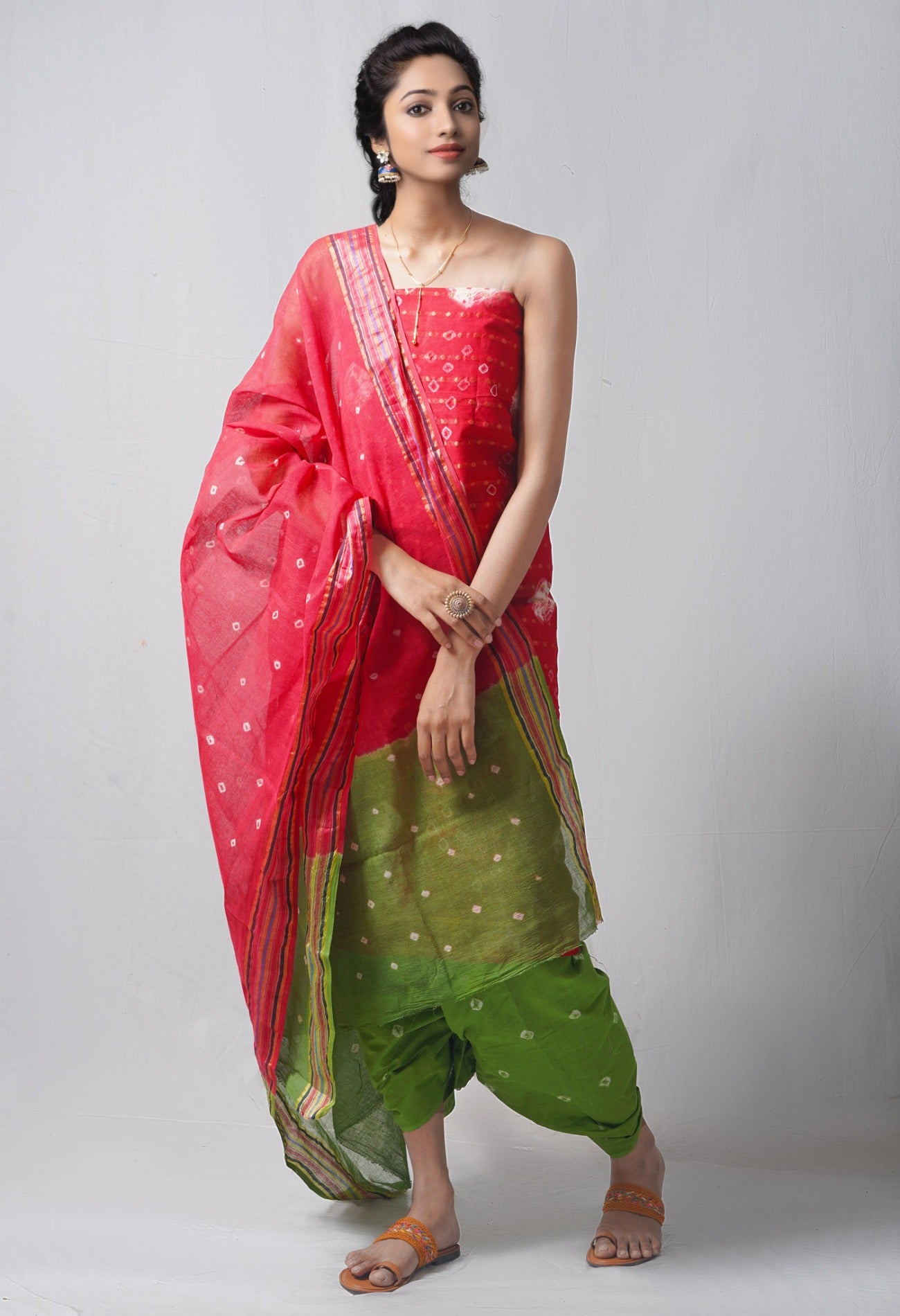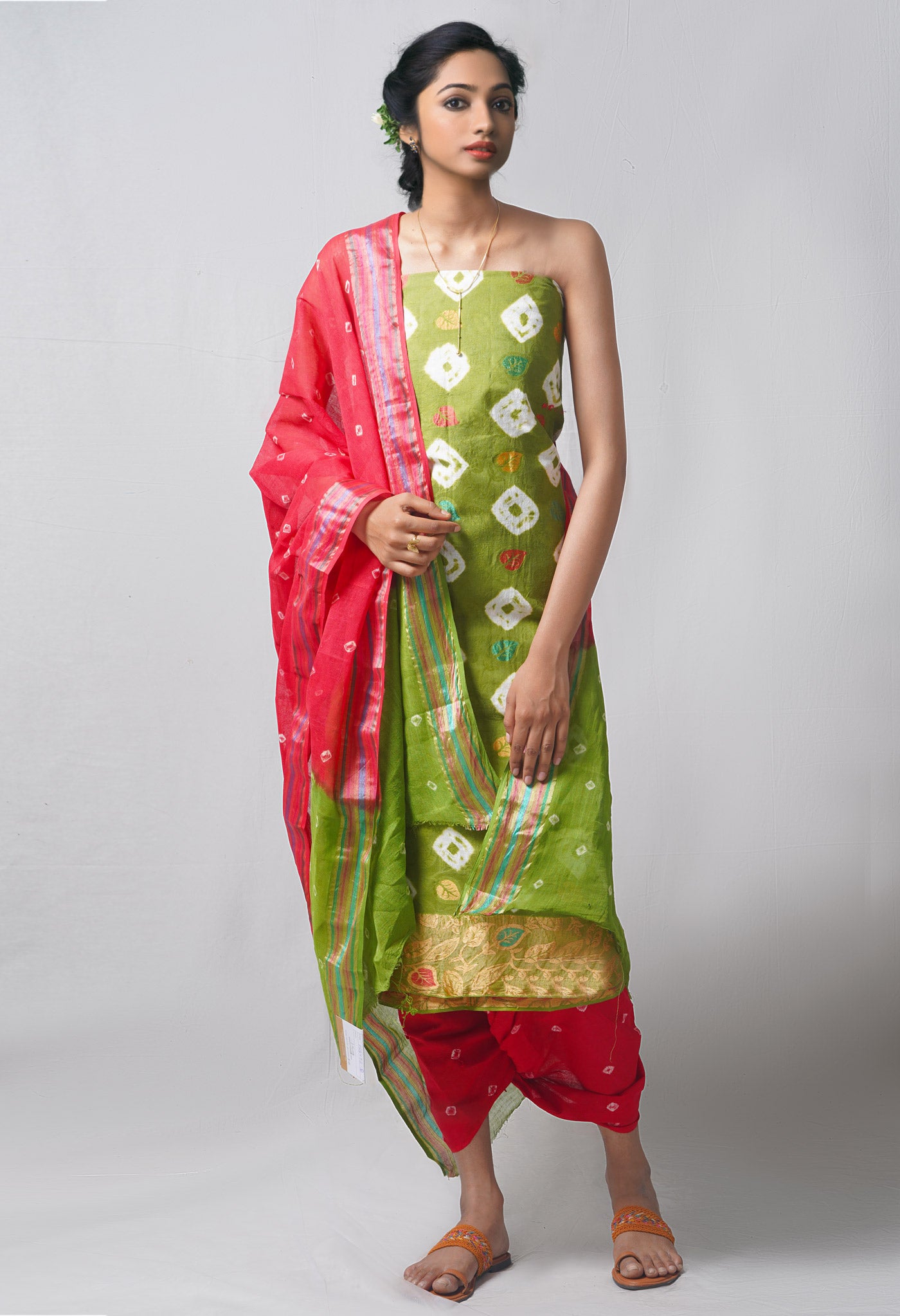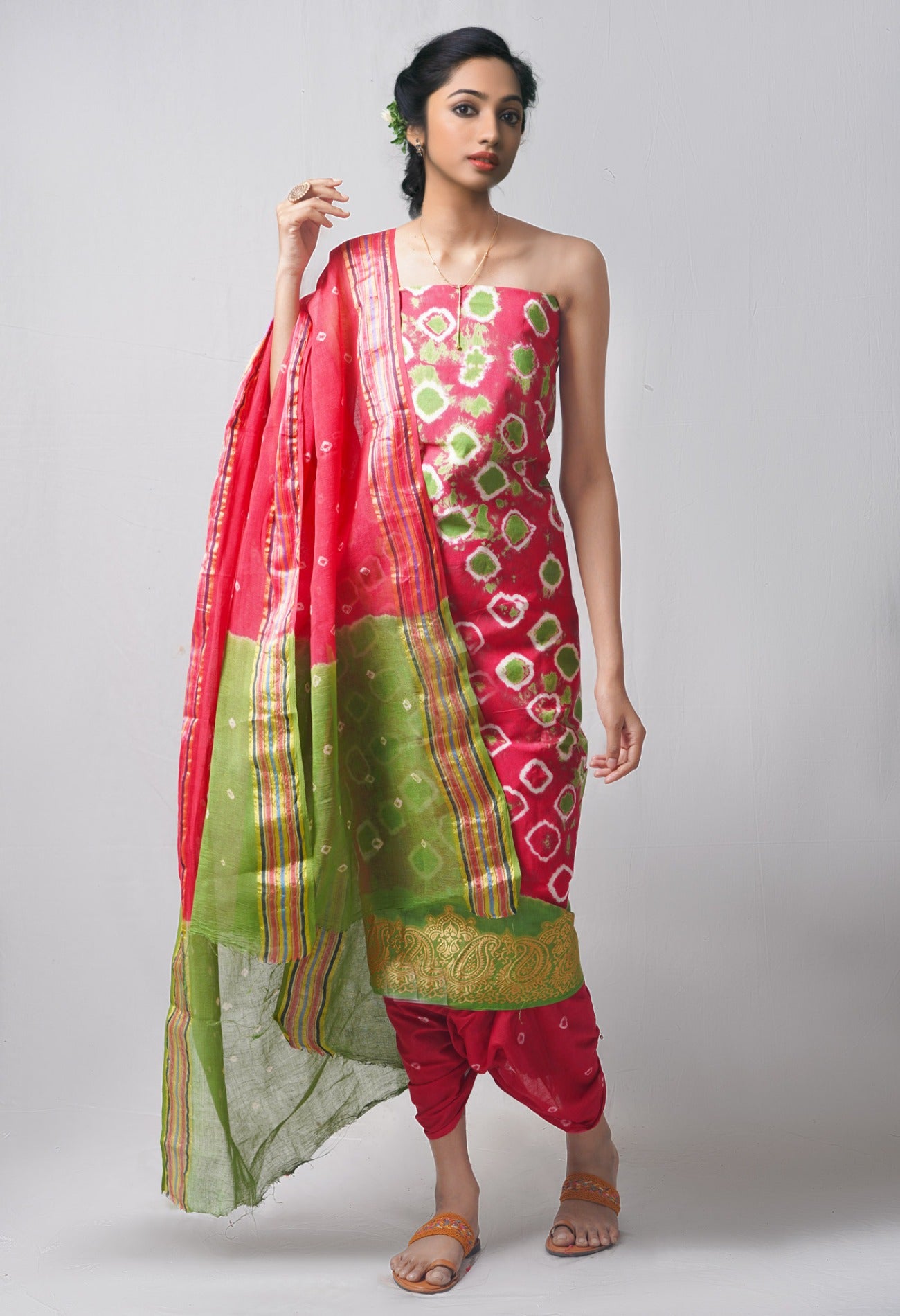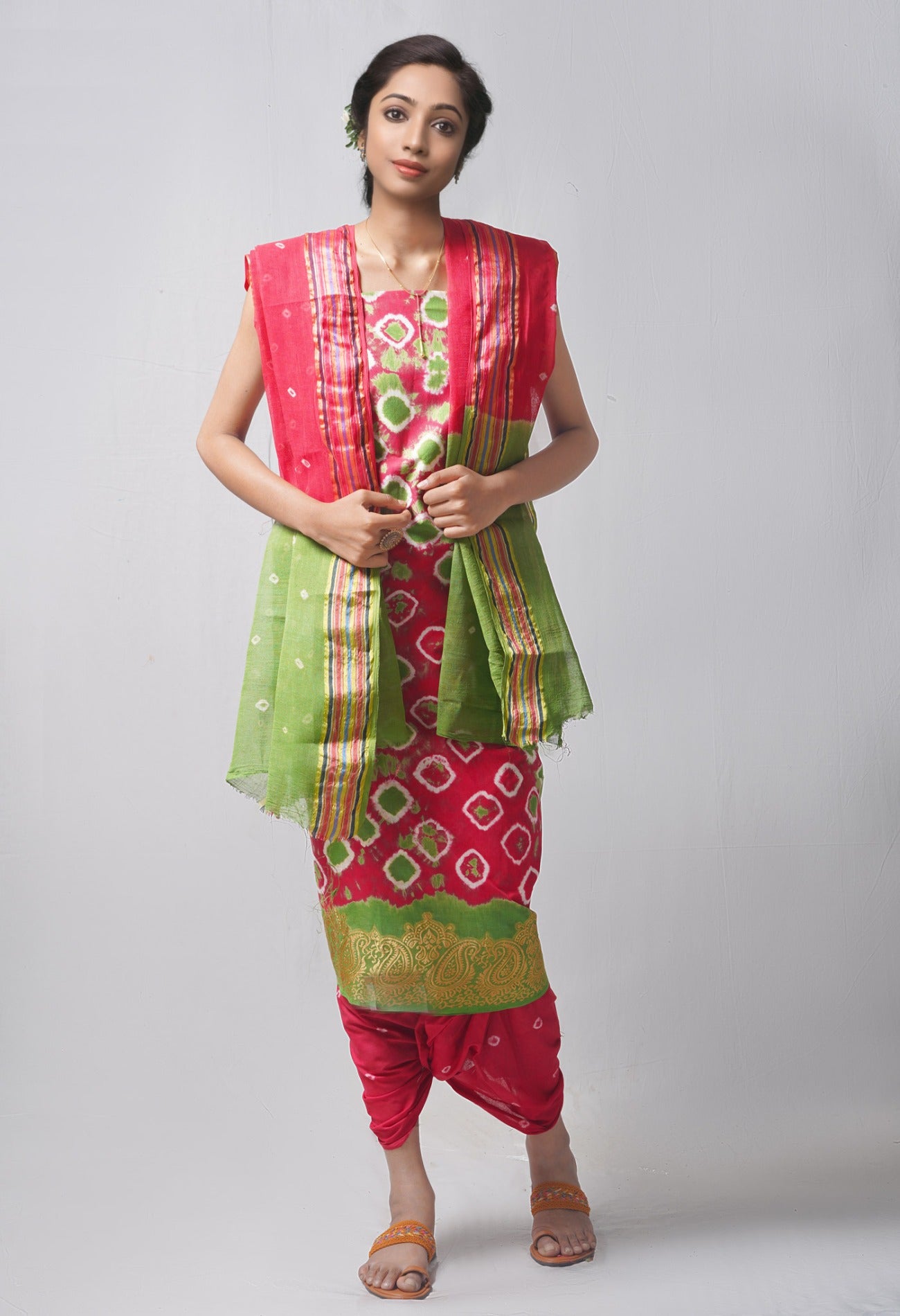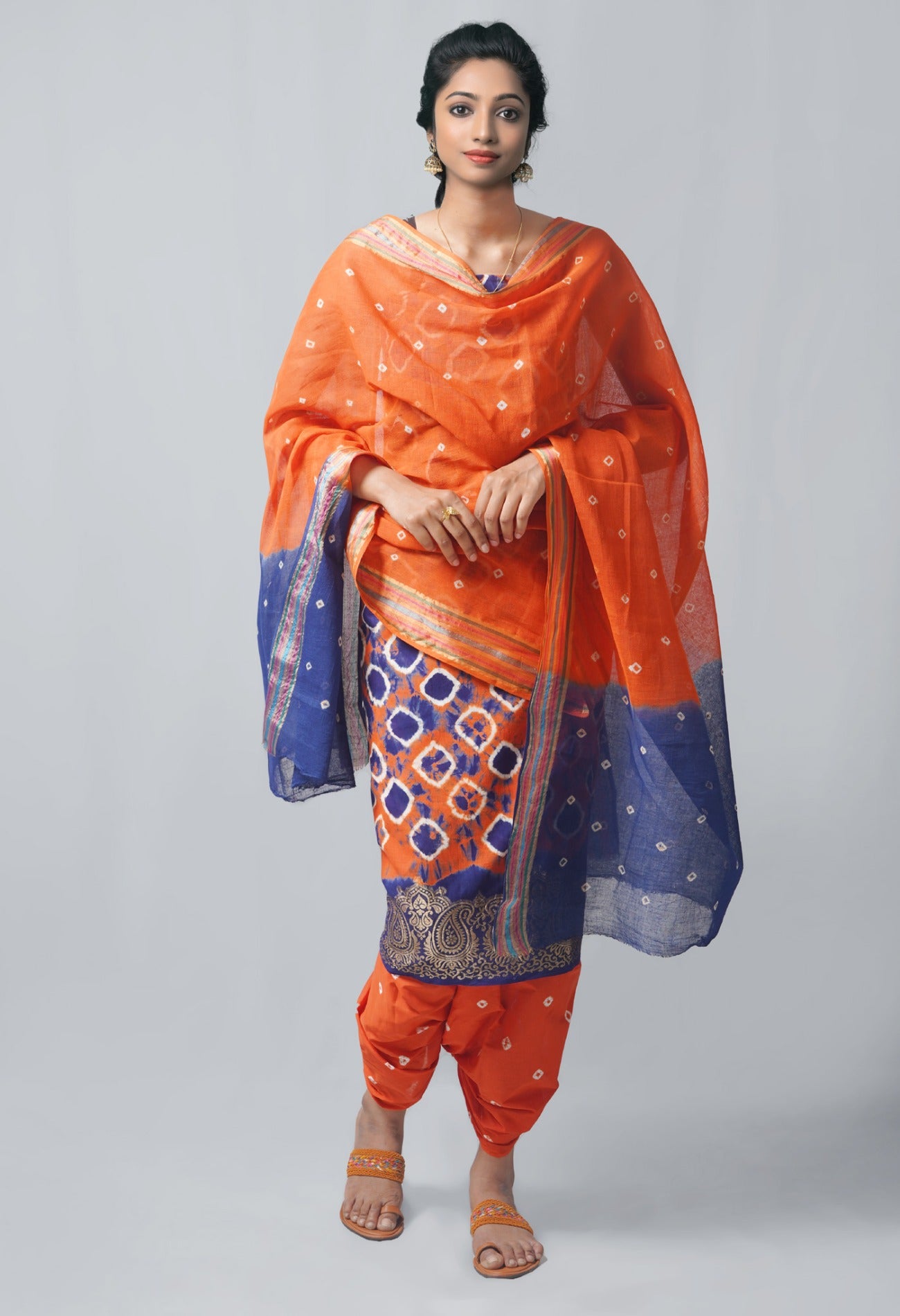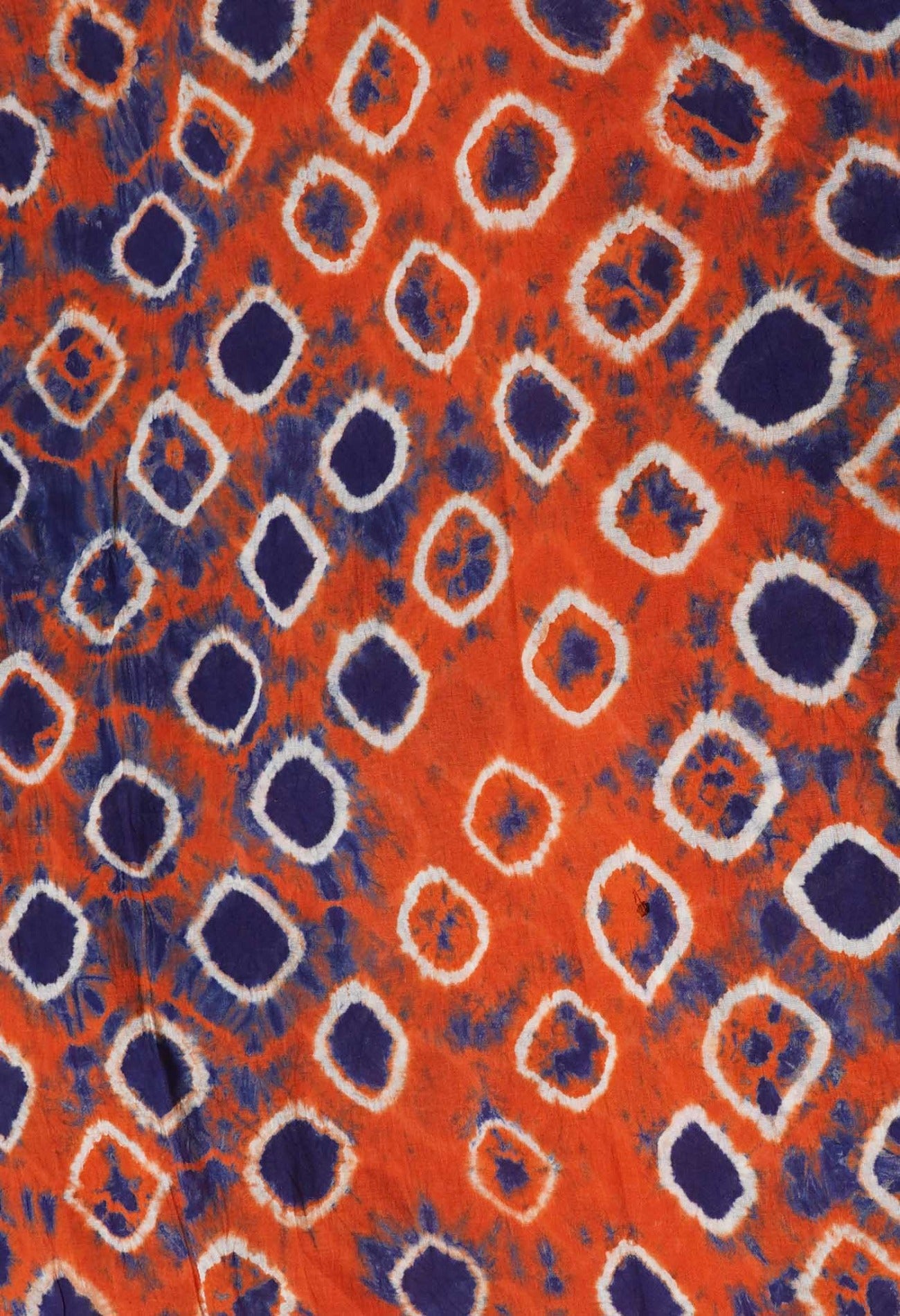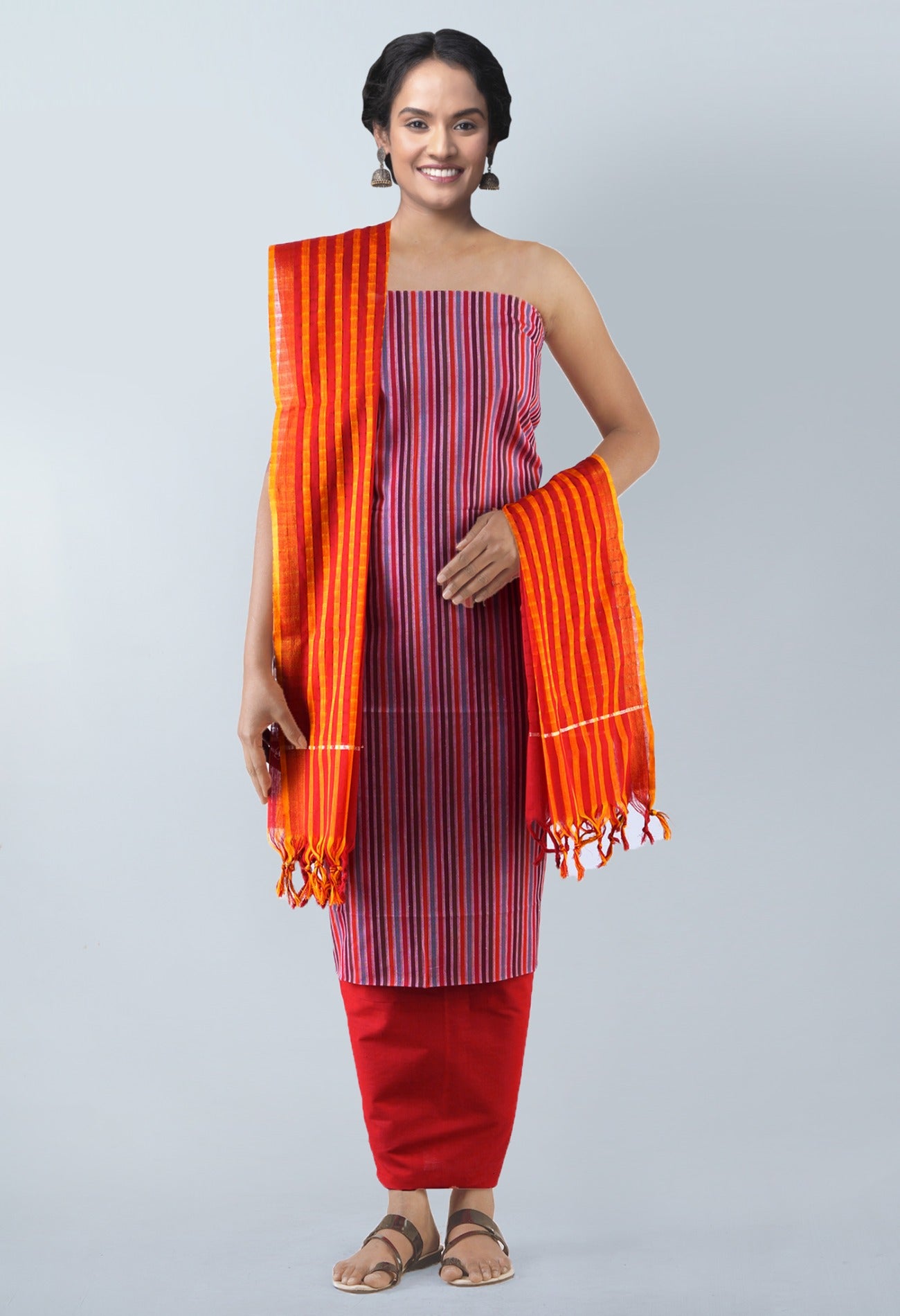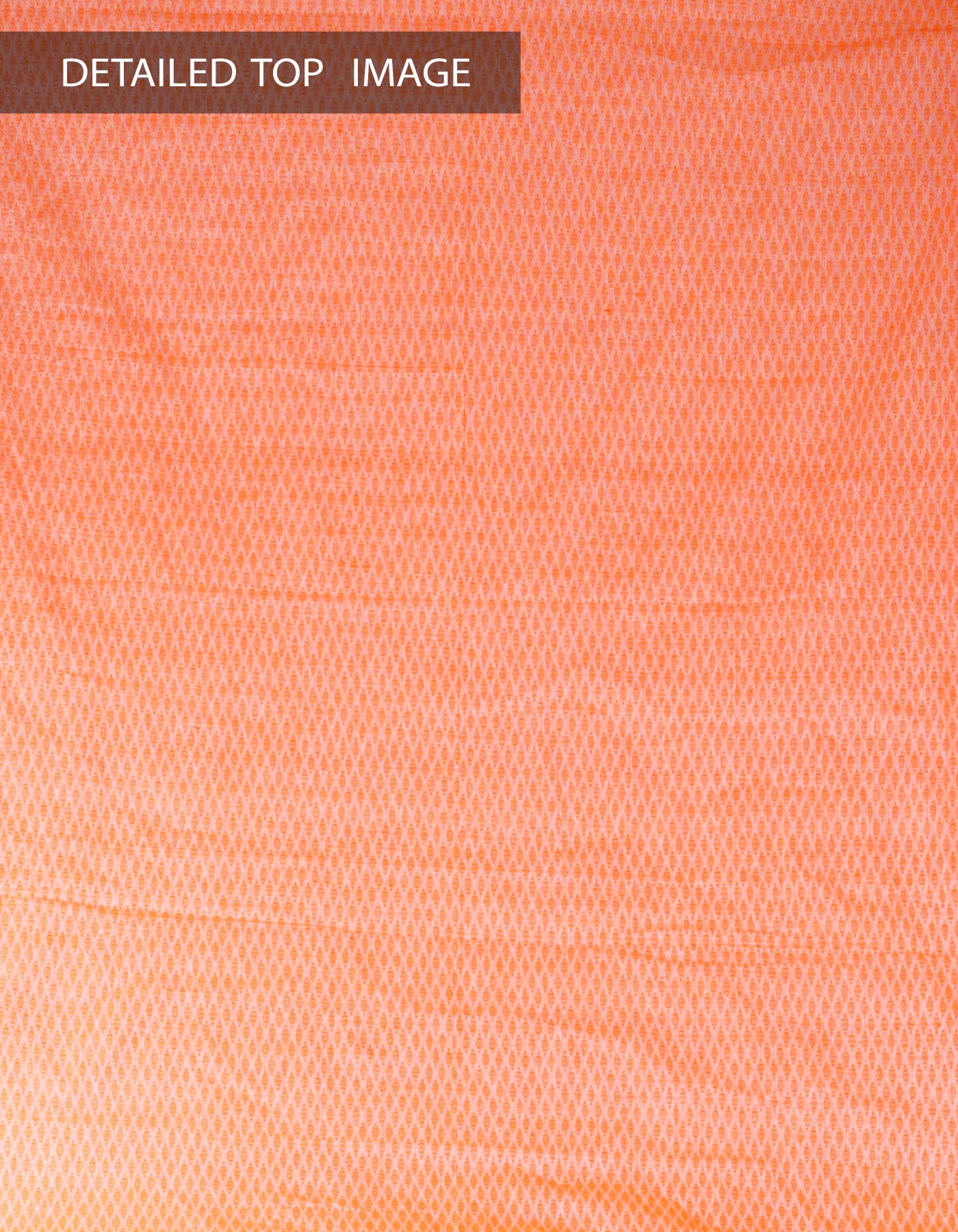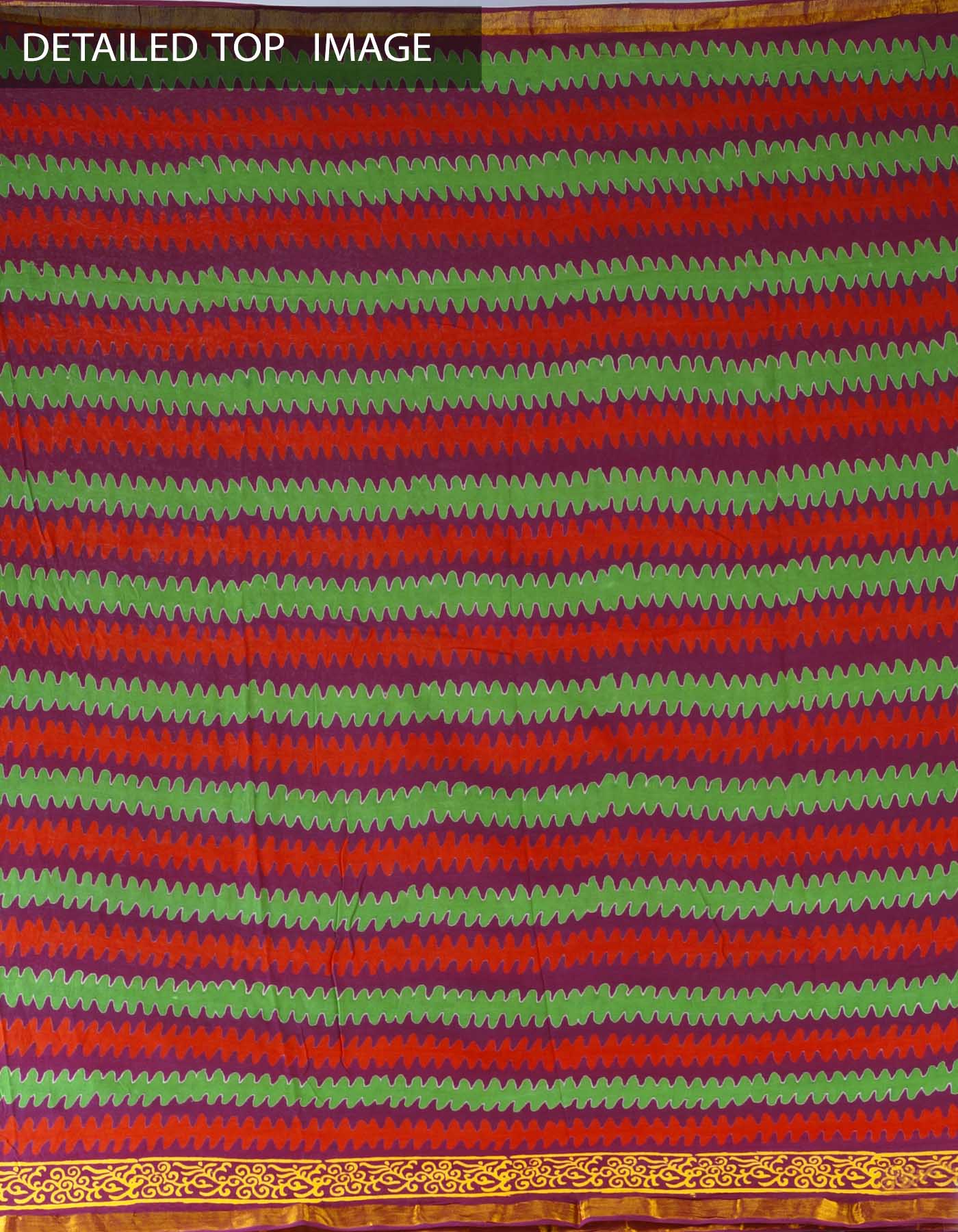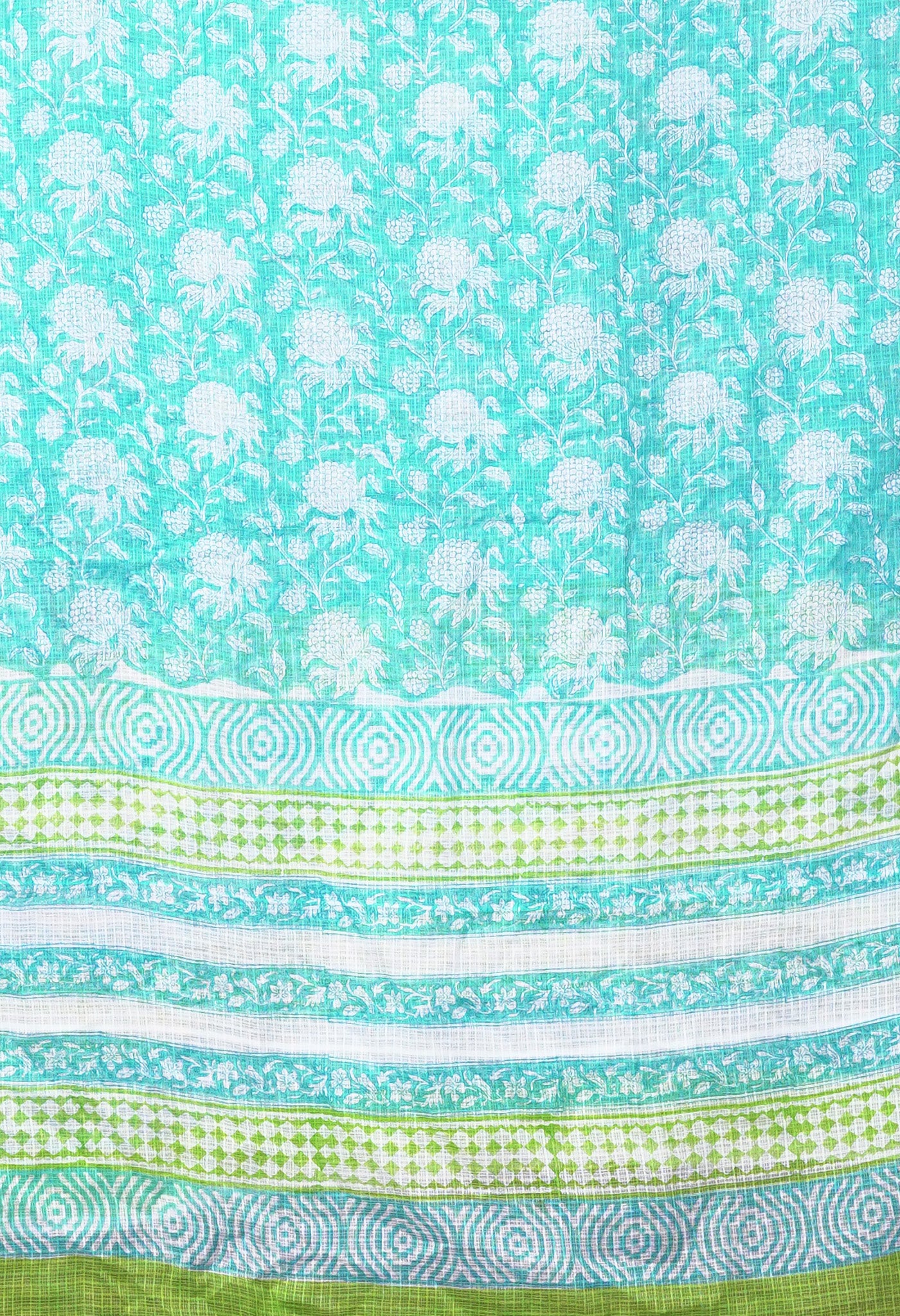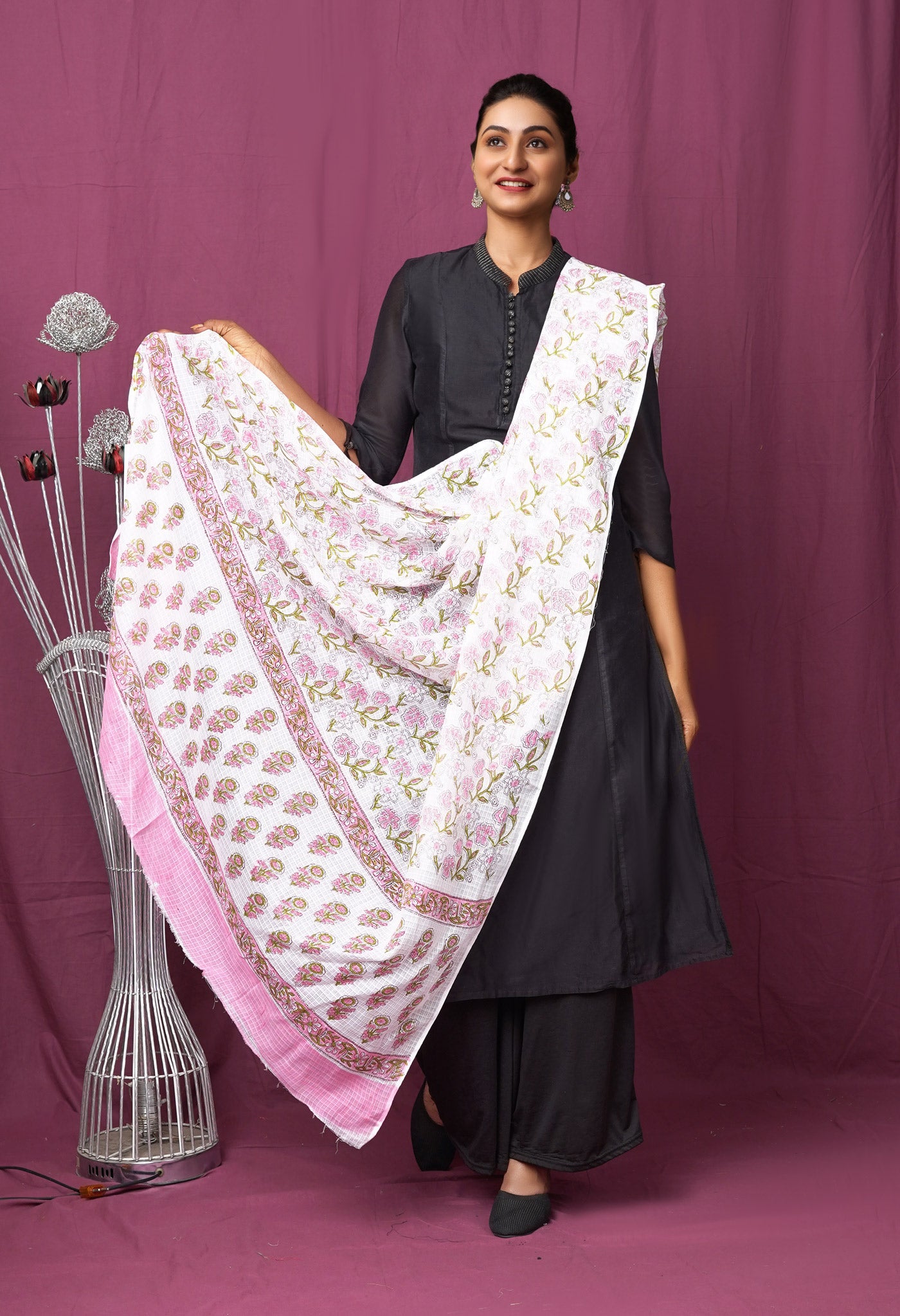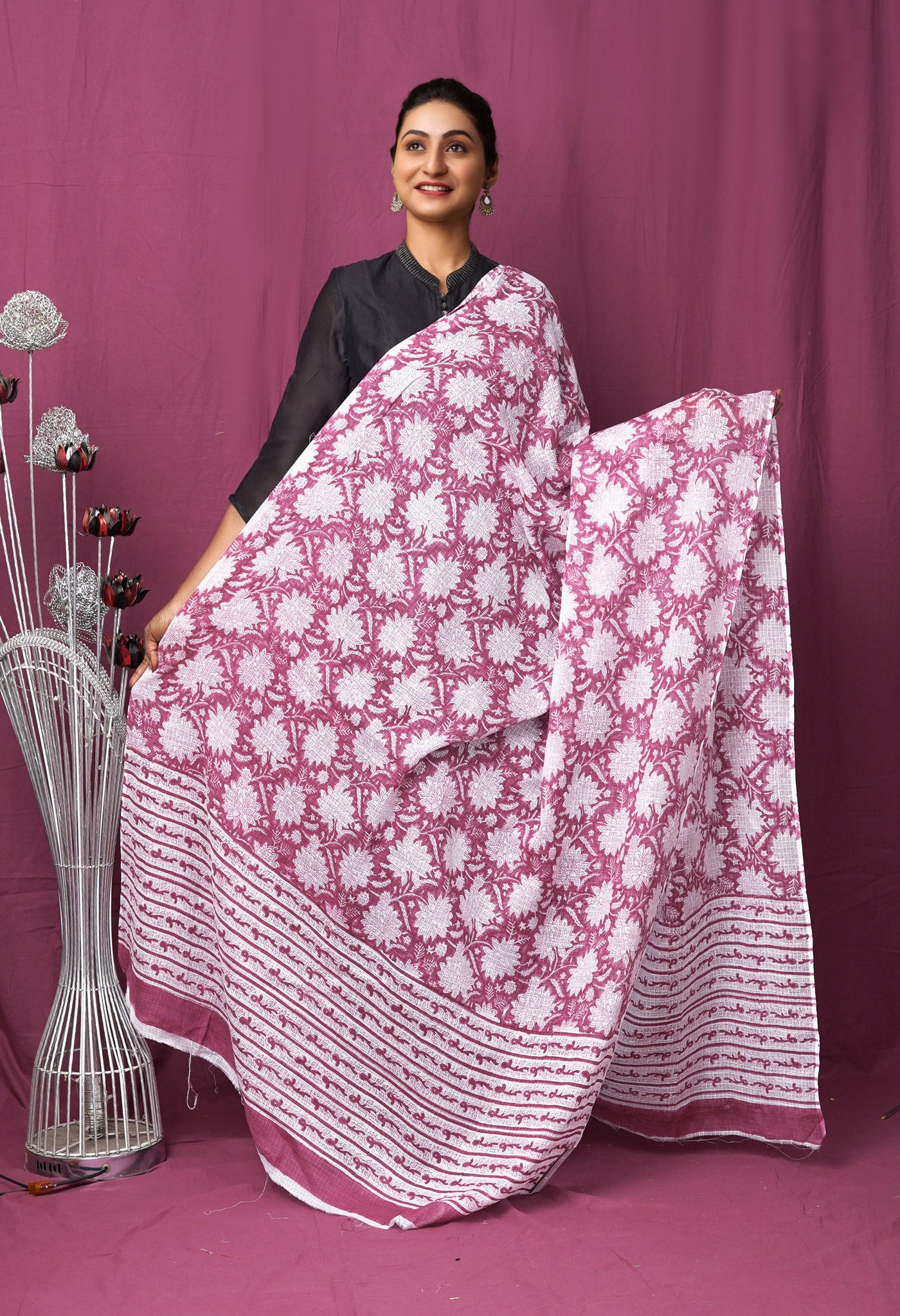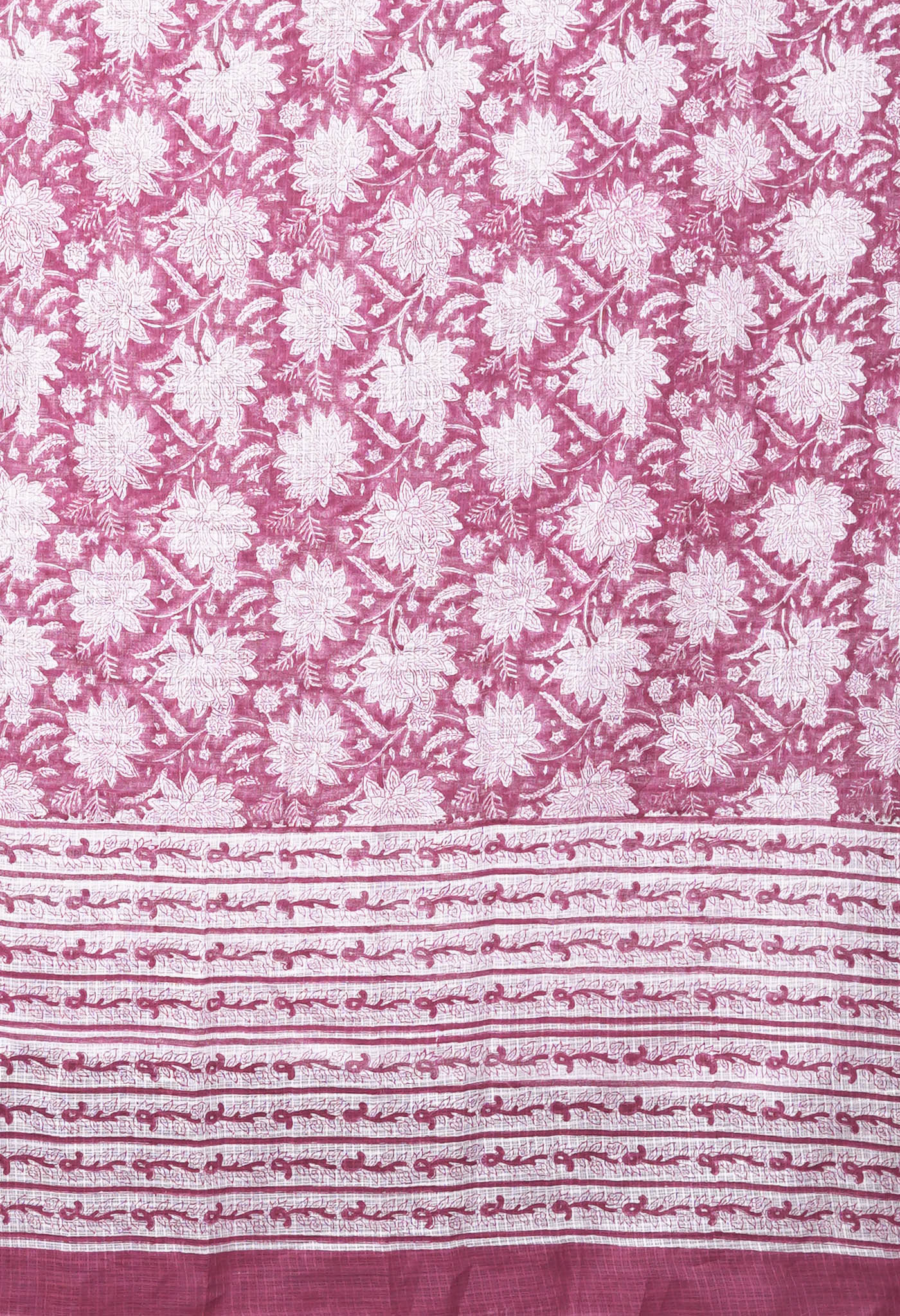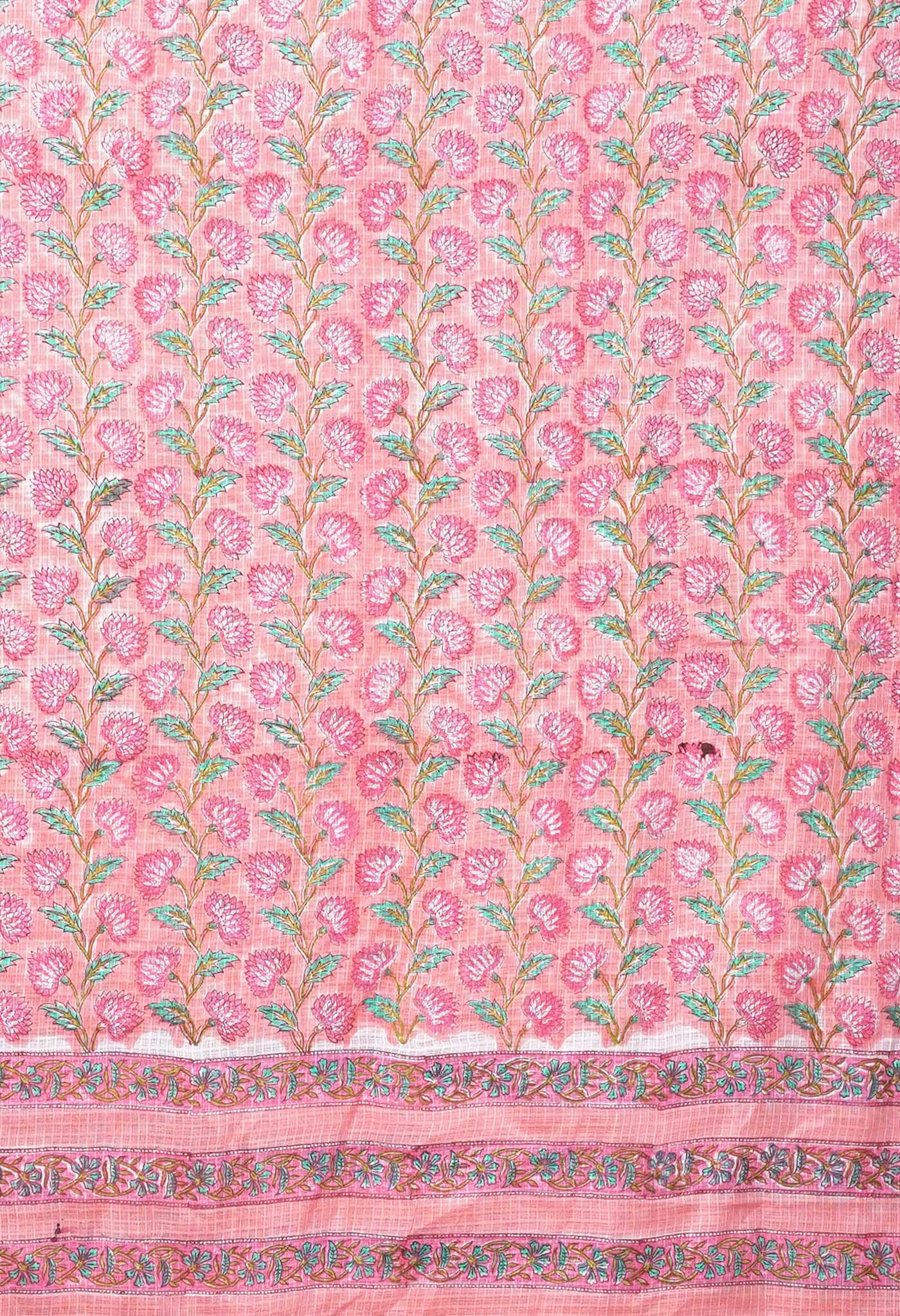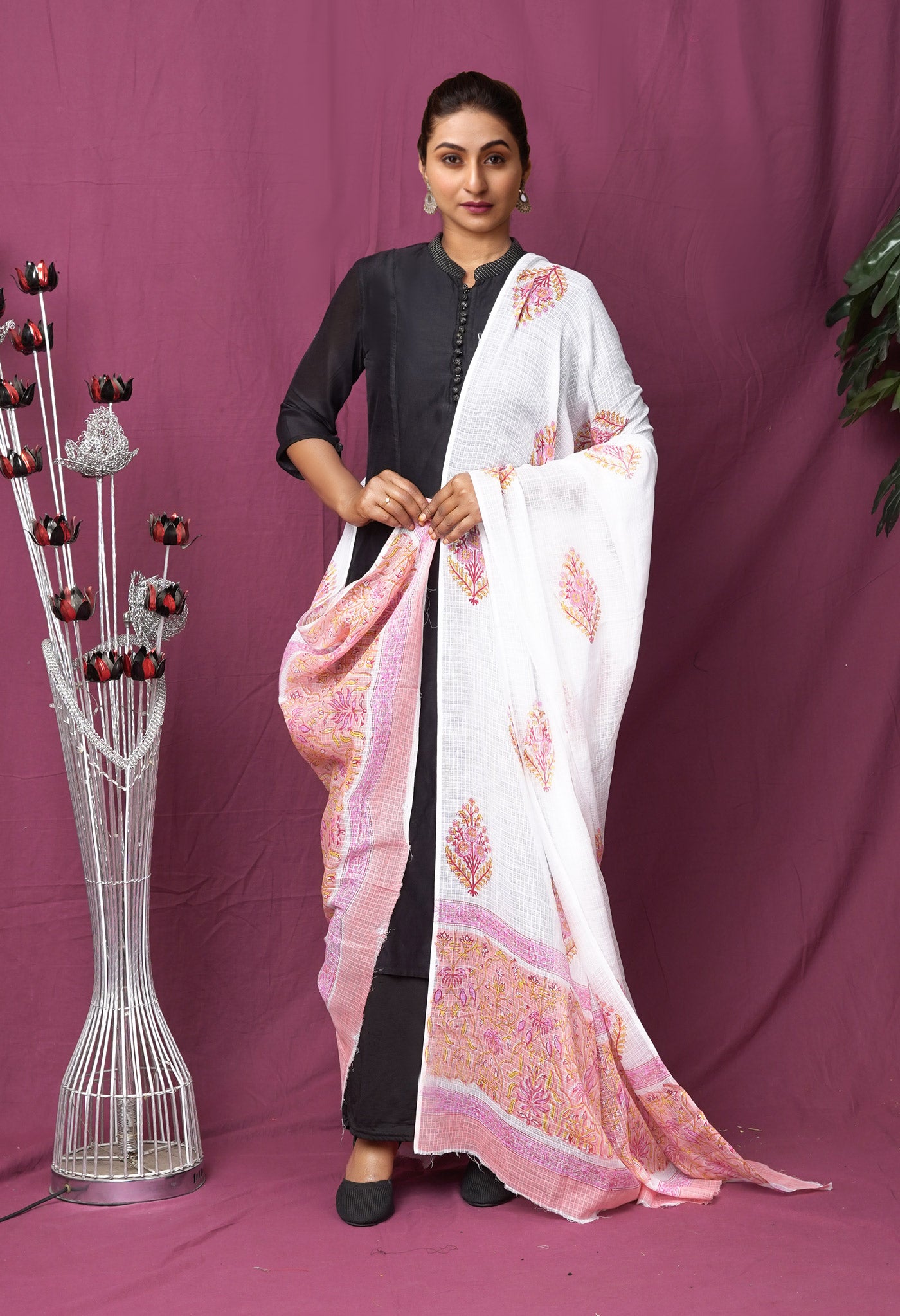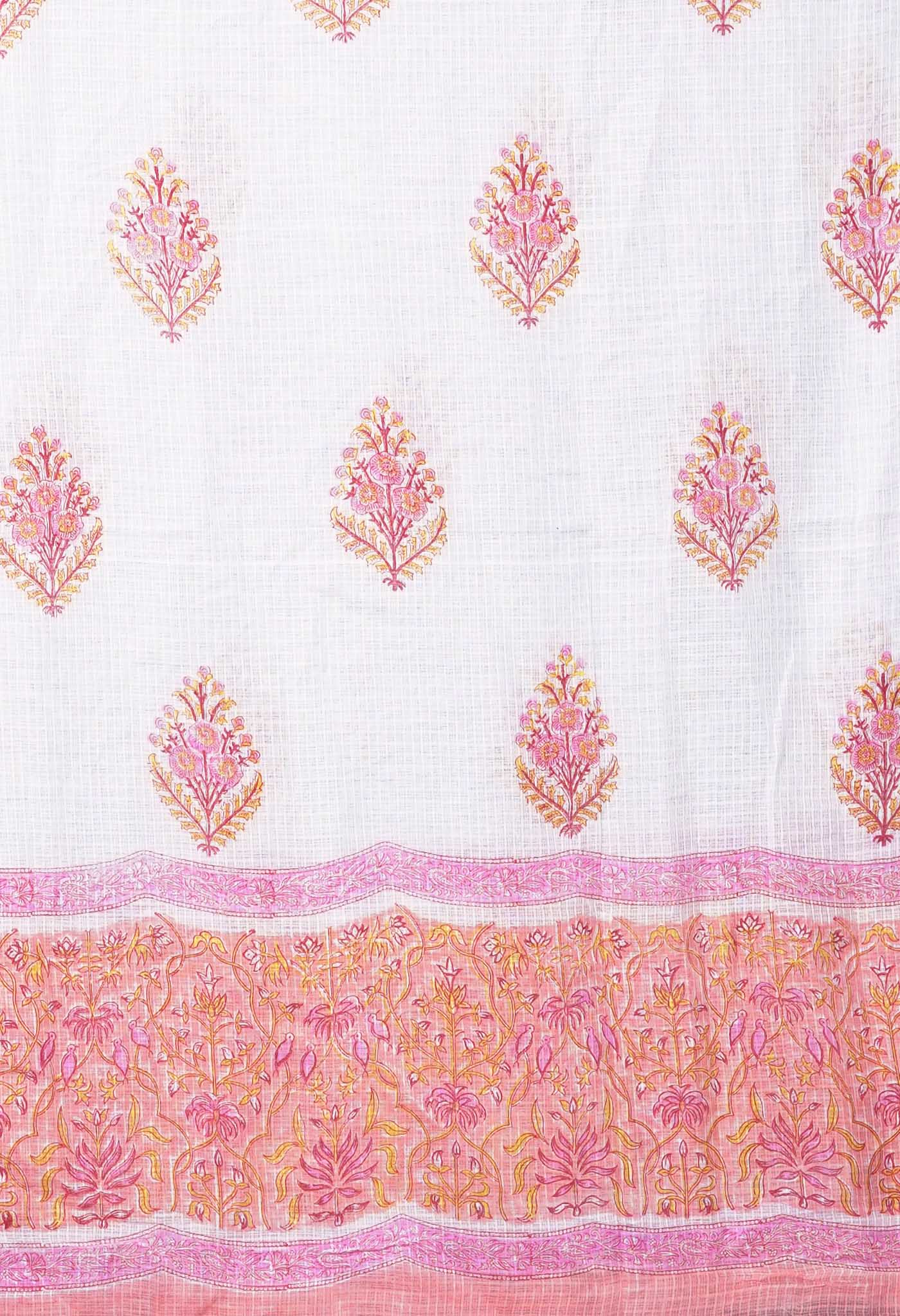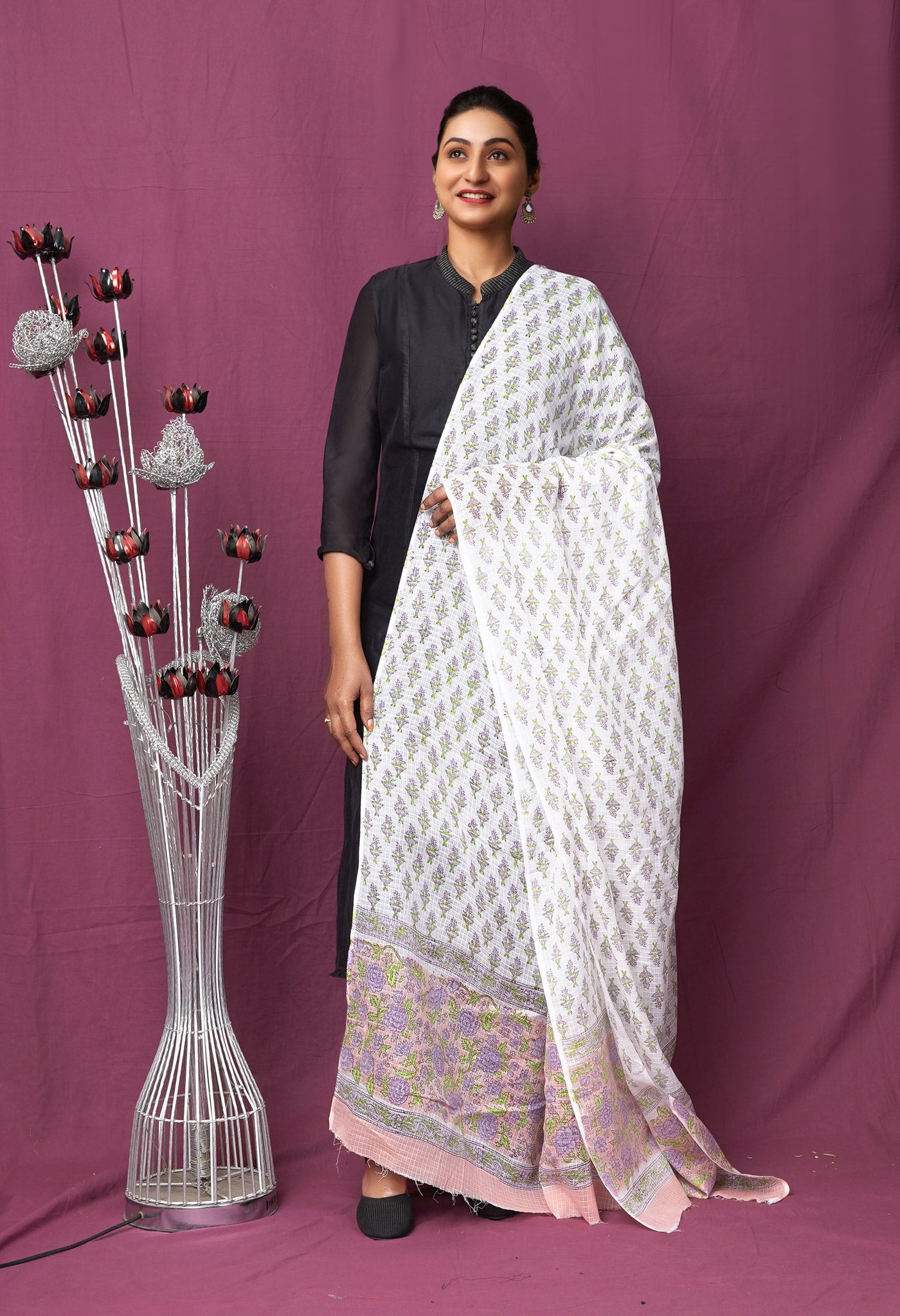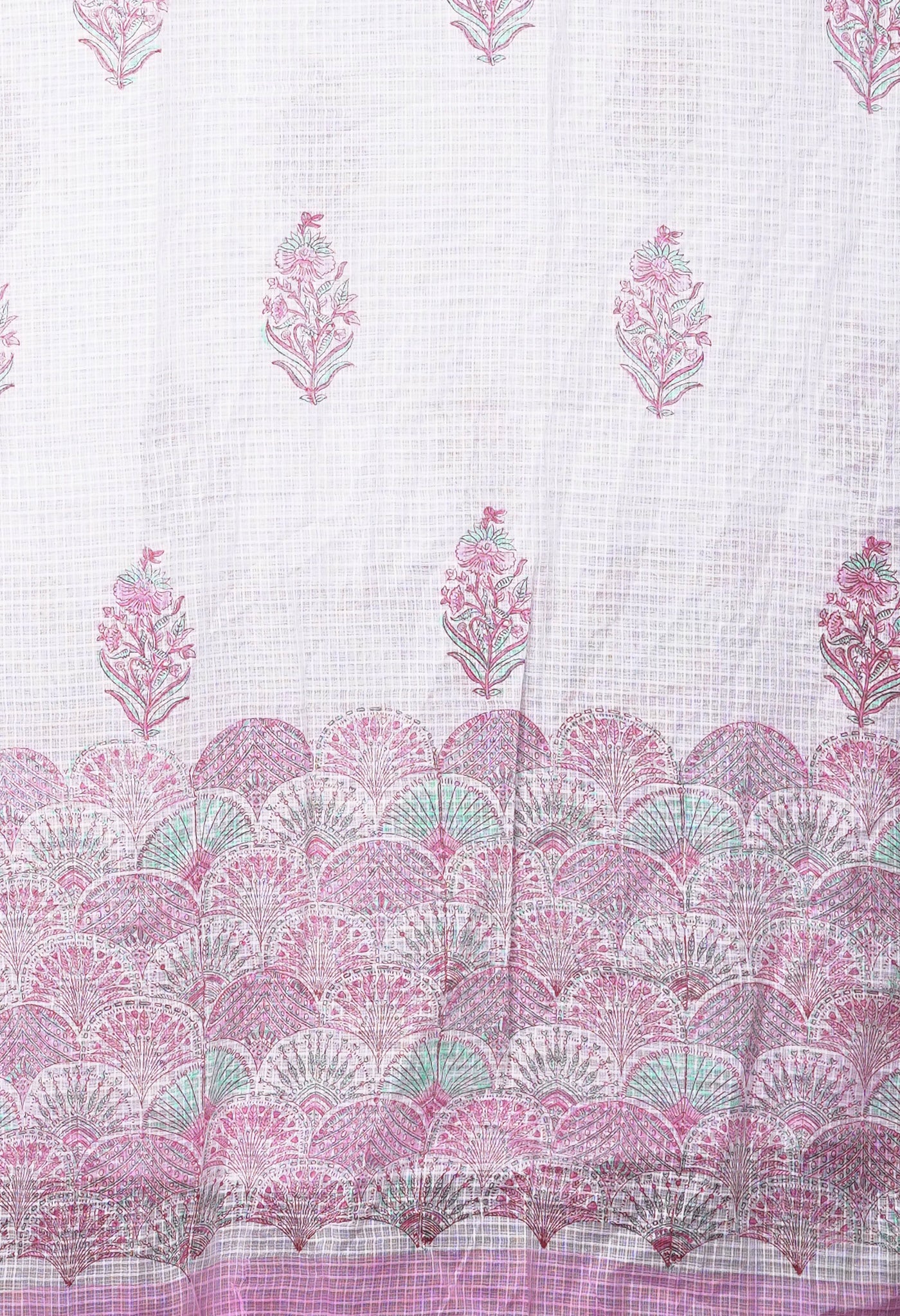
Color fastness – why it is so important for fabrics
Color fastness can be defined in two ways. One, it is the ability to keep the original dye color under the influence of various external factors in the normal use of dyed textiles. Another way of putting it would be - it is the resistance of color of a dyed or printed textile to fade or bleed under various types of influences such as water, light, rubbing, washing, perspiration etc.

It is an important indicator to measure the quality of dyeing products.
Market research has at all times indicated that a majority of the customers buy textiles based on color. Gone are the days when only ornamental aspects and comfort of fabrics were the major criteria for buying fabrics, other considerations as color, price, fabric material coming secondary and purchases were most importantly based on the former. Today with the durability and safety of textiles also being given equal importance, the added feature of color fastness has gained weightage. The ability of the fabric to maintain primary color is one of the most important properties of textiles.
What are the external influences that threaten the fastness of colored fabrics?
Dyeing fastness is mainly judged by the fabric’s color resistance to sun, weather, soap wash, perspiration, abrasion, ironing, chlorine bleaching and smoke and such external factors and the extent to which the fading or discoloration becomes noticeable or is hardly influenced.
Dyeing fastness refers to the dyed products in use or the dyeing process, dyes, and pigments in a variety of external factors under the influence of whether the original color cannot fade, does not change its ability. It is one of the important indicators to measure product quality.

Colors are expected to last more than the initial few washes. But if with the first wash, the water becomes colored, it is a sure sign of color fading. It could be due to the color fastness being low, the color fastness having failed or an unqualified product quality (of the color used). So it becomes all the more imperative for a brand for the color fastness to be maintained.
Some of the sure indicators of dyed fastness come through certain basic tests.
Some dyed fabrics after several washes or exposure for a long time to heat or the sun will show a significant amount of fading. This is indicative of low quality of color fastness. On the contrary if the fading is hardly noticeable or insignificant it indicates a high quality of color fastness.

Let us see color fastness in detail.
Different dyes have different color fastness on the fabric. This is primarily determined by the chemical structure of the dye, in addition to the state of the dye on the fiber, such as the degree of dye dispersion and the combination of dye and fiber. The same dye on different fibers will have very different color fastness.
e.g. indigo in cotton would have a resistance to light fastness of about 3, and dyeing in the wool fabric under similar conditions could have its resistance to light fastness, up to 7 to 8 level.
So what would be the general requirements for the color fastness to the fabric?
- Resistant to light fastness
Dyeing fabric resistant to light fastness, refers to the fabric after dyeing in the long-term sunlight, under the fade, discoloration degree.
Sun fade or the discoloration process is a complex phenomena. In layman terms, the dye of the fabric absorbs the sun’s energy and decomposes it differently or fades , based on what fibre it is made of.
- The outcomes of fading are different for the same dyestuffs on different fibres. E.g. the fading of azo dyes on cellulosic fibers is oxidation, and fading on protein fibers is a reducing effect.
- The resistance to light fastness of the dye is also related to its molecular structure. E.g. some metal complex dyes are resistant to high fastness, while insoluble azo dyes are resistant to light fastness.
- The resistance to light fastness is also related to the dye concentration at the time of dyeing. Resistance to light fastness assessment is based on “blue standard” as the basis. The so-called “blue standard” refers to the use of the specified dye in a certain concentration of blue wool fabric. The general concentration is high resistance to light fastness with low concentration of sun fastness is relatively good. The exposure time required for the sun to fade under the prescribed conditions is roughly doubled.

- Soap clean fastness
Resistant wash fastness means the degree to which the dyed fabric is discolored after soaping in a soap solution under prescribed conditions. It includes both faded and white cloth stains. The fade is the fade of the fabric before and after soaping.
The cleanliness of soap resistance is related to the chemical structure of the dye.
Water-soluble dyes containing hydrophilic ( having a strong affinity for water; tending to dissolve in, mix with, or be wetted by water) groups have a higher wash fastness than those without hydrophilic groups. Such as acid dyes direct dyes, that are bound to contain more hydrophilic groups, are resistant to soap and wash fastness, while the reducing dyes, sulfur dyes, insoluble azo dyes do not contain hydrophilic groups and have a much lower wash fastness comparatively.
The wash ability is also related to the combination of dye and fiber. Such as acid mordant dyes and direct copper salt dyes, which have their dye molecules increased, water solubility decreased and thus soap washing fastness increased.
The same dye in different fibers on the soap-washing fastness is different, such as disperse dyes in the polyester has a higher soap-washing fastness than that in nylon.

Soaping fastness and dyeing process are related. If the dye is bad, the floating color is not clean, and this would lead to decreased resistance to soaping fastness.
Other factors that affect the soap clean fastness are the temperature, pH and agitation of the soap solution, as well as the dyeing density. E.g. Light colored fabrics tend to have a higher color fastness than the dark colored ones.
Resistant wash fastness is divided into five levels with level 1 as the worst and level 5 as the best. Similarly color fastness is also divided into five levels.
- Friction fastness
The friction fastness of the dyed fabric is divided into dry friction fastness and wet friction fastness.
Dry friction fastness is reflected in the dry cloth after the white cloth stains, wet friction fastness is reflected with the water content of 95% to 100% of the white cloth after the friction of the situation. Generally wet friction fastness is lower than dry friction fastness. The frictional fastness of the fabric depends on factors like the amount of the float and the combination of the dye and the fiber, the permeability of the dye, and so on. In reactive dyes and fibers that are covalently bonded, dry friction fastness is very good.

The higher the dyeing concentration is, the lower the friction fastness is. Friction fastness test carried out on a friction fastness tester, showed “friction fastness Level 1 as the worst, i.e. serious staining, level 5 as the best, least affected.
- Perspiration fastness
Perspiration fastness refers to the simulation of human sweat under the conditions of dyed fabric with color fastness being performance indicator. The test solution is alkaline and acidic two. Fastness is divided into five levels. Level 1 is the worst, serious staining, level 5 is the best.
In addition to the above four major fastness indicators are resistant to chlorine bleach fastness, sublimation fastness, etc. that have high standards and generally 5 grading level.

The criteria for color fastness, also differs based on the use of the textile.
The color fastness requirement is different for a curtain which is less washed that requires low colorfastness. But due to exposure to the sun for a long time, it needs high light fastness.
Summer clothing fabrics should have higher light fastness, washing fastness and perspiration fastness for the reason that they always expose to sun and human body always sweats.
Different countries have set different standards for the different colorfastness requirements of different textiles.

The main standards for colorfastness besides some others are as follows:
- AATCC (American Association of Textile Chemists and Colorists) technical manual:
2. SDC (Society of Dyers and Colorists):
3. ISO (International Organization for Standardization):
ISO also grades the fastness:
For light fastness: 1~8
For other fastness: 1~5

Factors that tend to affect the Color Fastness Properties
- The chemical nature of the fiber
Cellulosic fibers dyed with reactive or vat dyes will show good fastness properties. Protein fibers dyed with acid mordant and reactive dyes will achieve good fastness properties and so on.
i.e. Compatibility of dye with the fiber is very important.

2) The molecular structure (e.g.) of a dye molecule
- If the dye molecule is larger in size, it will be tightly entrapped inside the inter-polymer chain space of a fiber. Thus the fastness will be better. In addition, the actual situation during use and so on will also have varying degrees of impact on the colorfastness of textiles.
- Research has led to showing how different types of dyes, handled moderately when doing the dyeing process, tends to improve dye colorfastness.
e.g. after dyeing the fabrics, direct dye reacting with a metal salt or cationic fixing agent gives rise to insoluble compounds, that improves the direct dye’s wet fastness.
- After dyeing with disperse dye, polyester fabrics can achieve removal of surface floating color and improve color fastness through a reductive clearing of the reducer or reducing agent and an alkaline agent.
- After dyeing with reactive dye, textiles can improve color fastness to some degree through soap-washing.
In addition, different uses and environmental conditions of textiles determine the main point and requirement of colorfastness test.

That brings us to an interesting topic of - How to Test Color Fastness?
Colour fastness is a term used in the dyeing of textile materials—that characterizes a material's colour's resistance to fading or running. The term is usually used in the context of clothes. In general, clothing should be tested for colorfastness before using bleach or other cleaning products.
Light fastness, wash fastness, and rub fastness are the main forms of colour fastness that are standardized. The light fastness of textile dye is categorized from one to eight and the wash fastness from one to five, with a higher be the number indicating better fastness.

In general any organization that is responsible for the standards has traditionally been involved in the universal tests of wash resistance, light resistance, friction resistance, sweat resistance, ironing resistance, weather resistance and so on. International standard organization (ISO), American dyestuff and chemist association (AATCC), Japan (JIS), Britain (BS) and so many such international standards have framed the guidelines for the above.
Because the conditions and the requirements of fabric processing and use are very different, most of the current test methods are simulated according to the working environment and conditions, so the testing methods of color fastness are very extensive.
In actuality, the testing items are mainly determined according to the final use of the product and the product standard.
E.g. the wool textile product standard stipulates that the light fastness must be tested, and the knitted underwear, of course, has to be tested for perspiration fastness.
Outdoor textiles (such as umbrellas, lampbox cloth, canopy materials) are naturally tested for weather fastness.
Definition and Measurement of Washing Color Fastness – the Lab. Way
For knowing about the outcomes of sample fabrics in the fade and discoloration of dye textiles when soaping they have Washing Color Fastness Testers in the testing laboratories.

Washing Color Fastness
This refers to the fade or discoloration of dye textiles when soaping. Washing Color Fastness Testers, the machines used for the testing of washing color fastness, have two indicators - one, to indicate the degree of fade of the original sample, the other, to indicate the degree of staining of the white cloth.

Fade of original sample is the color change of dyed textiles before and after soaping. Staining of white cloth is the situation of staining of white cloth which it is soaping together with dyed fabrics.In the testing, dyed sample is stitched together with one or two specified woven fabrics, placed in a soap solution, mechanically stirred at a specified time and temperature, then rinsed and dried. At this moment, dyed sample fades and contaminates the white adjacent fabric.
Discoloration of dyed sample and staining of adjacent fabric are measured by gray cards. Water color fastness is divided into 5 grades and 9 files, among which the best is grade 5 while the worst is grade 1.

But how does the customer feel and react to colorfastness in clothing?
Many elements affect whether fabrics retain their dye or bleed, including:
- The dye type — natural or synthetic
- The type of fiber the dye is applied to
- When and how the dye was applied to the fabric
- The pH of various substances the fabric is exposed to (eg, perspiration)
- Dry cleaning chemicals
- Heat and sunlight, which can cause certain dyes to fade

How one could test for colorfastness
Fabrics are colorfast if they retain their color when washing. For example, when you wash a red shirt and it turns the water pink, the color has faded and it is Not colorfast. All natural fabrics, such as 100% cotton, linen, ramie, rayon and wools are Not colorfast.
It’s a safe method to test for color fastness on a hidden seam or spot of the garment. More preferably something that gets tucked in like the bottom hidden seam or inner seams, for if some color were to be removed it would not be noticeable. Apply the laundry detergent or the stain remover to the chosen hidden area. Then dab that spot with a clean white cloth so that any color transfer onto it would be easily noticeable. If there is indeed a transfer of color onto the white cloth, then the cleaning product should not be applied, as the clothing sample indicates that it is not color fast.

But if the sample were to show it as color fast then the actual clothing can safely be mixed with the others. But just to be on the safe side, new items should always be first tested on a hidden seam, just in case.
Clothes seen as not color fast have to be washed separately. A cold water setting keeps such clothes from fading.
In passing, we have also a few tips or suggestions on how to keep your fabric from fading, the natural way.
Make use of the following common household substances when you are washing your clothes.
1. Salt
Add a tablespoon of salt to the wash. When it comes out from the dryer, the color vibrancy could pleasantly shock you The chloride in the salt acts as a sealant for the colors and prevents their running.
But what if the fabrics have already been faded? As they say if not much at least a little brightness could again be restored because of the properties of salt.

2. Cold water
Washing fabrics in cold water would not only help cut down on your bills, but it would also help keep your fabric colors from fading. If the cold wash were to be paired with a color brightening detergent it would help boost the colors to an extent.
3. Vinegar
White vinegar helps keeping fabric colors from fading. By adding ½ a cup of white vinegar to the rinse cycle, the colors tend to brighten and the laundry would appear fresh. One can in fact get the dyes to set , if before the first wash the dark fabrics be soaked in a mix of ½ cup of vinegar and 2 teaspoons of salt.

4. Baking soda
In one of the many uses of baking soda, ½ a cup of baking soda could be added to the wash just to find out. The results surely would not be disappointing.
5. Air drying
If you want to help your fabrics maintain their color after washing, you can let them hang to air dry. But remember to keep them out of the sun for best results, since exposure to the sun can fade fabrics even quicker than a spin cycle.



